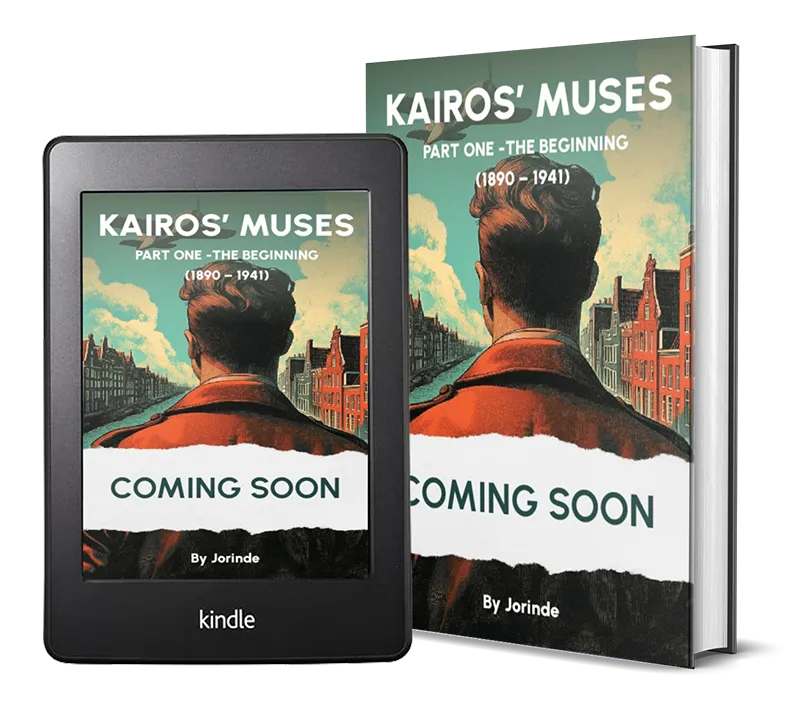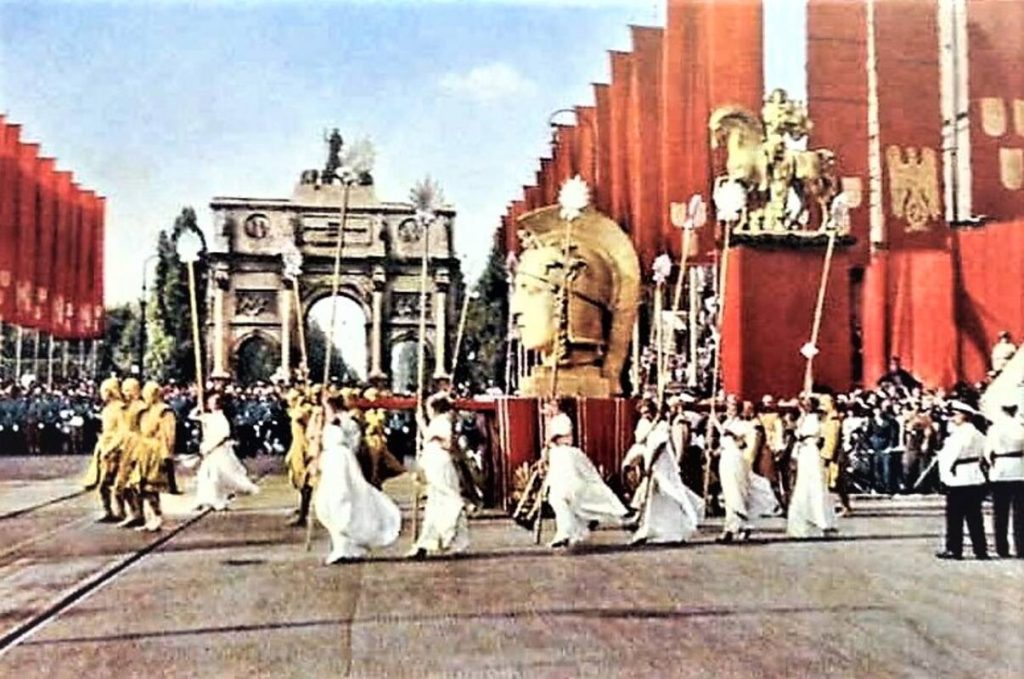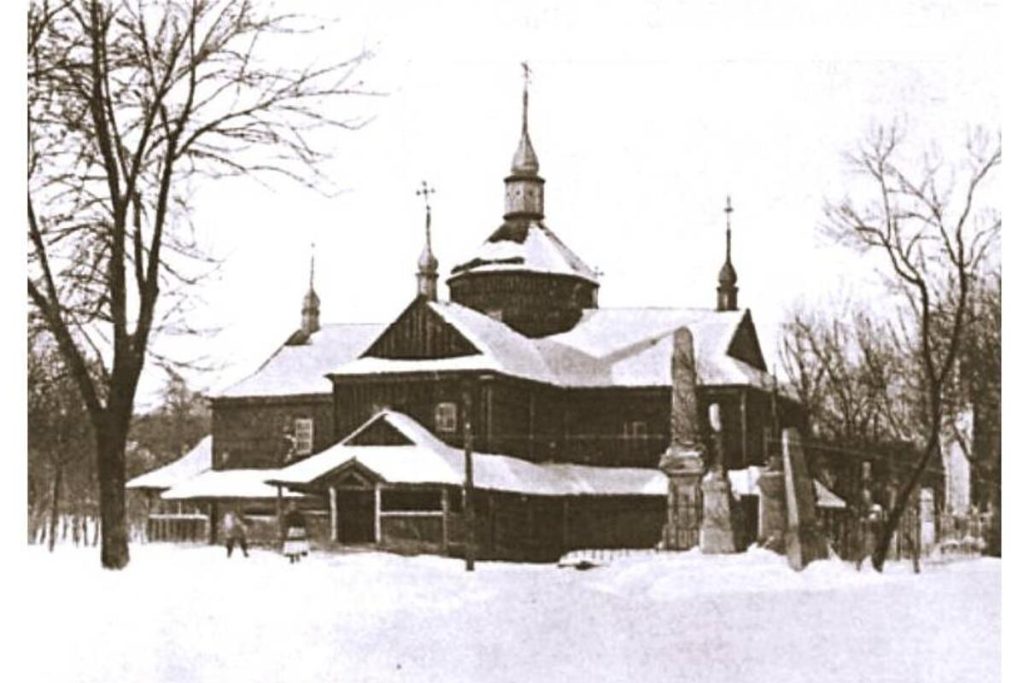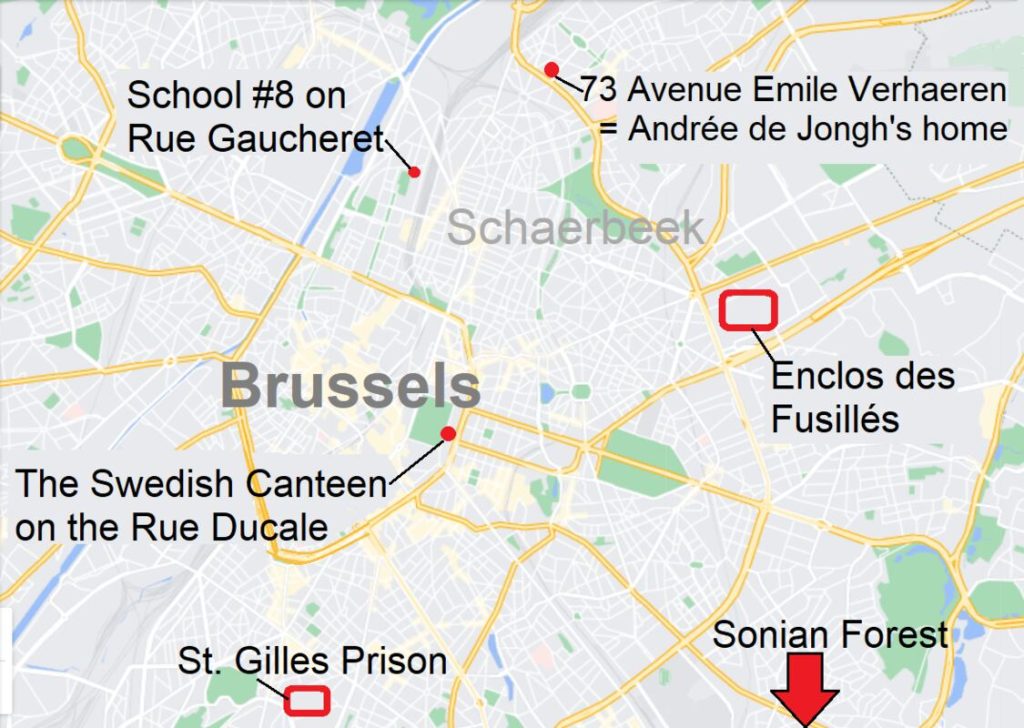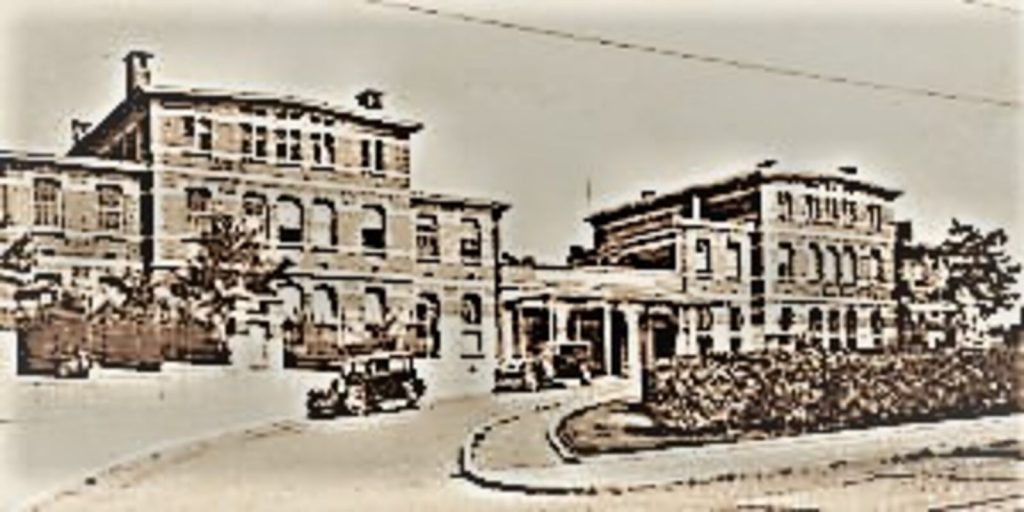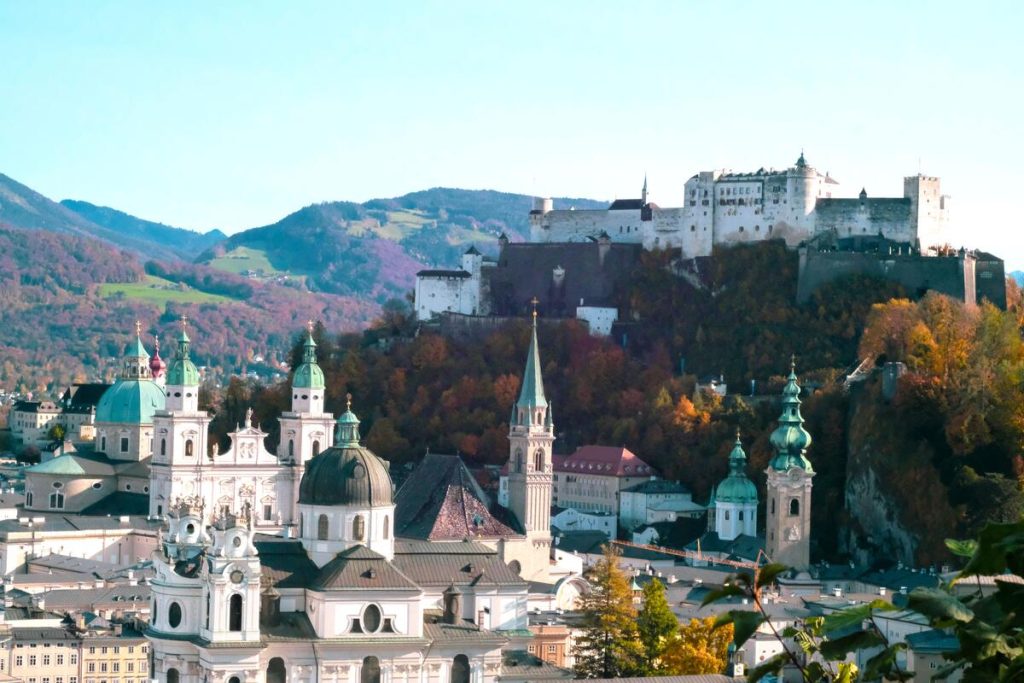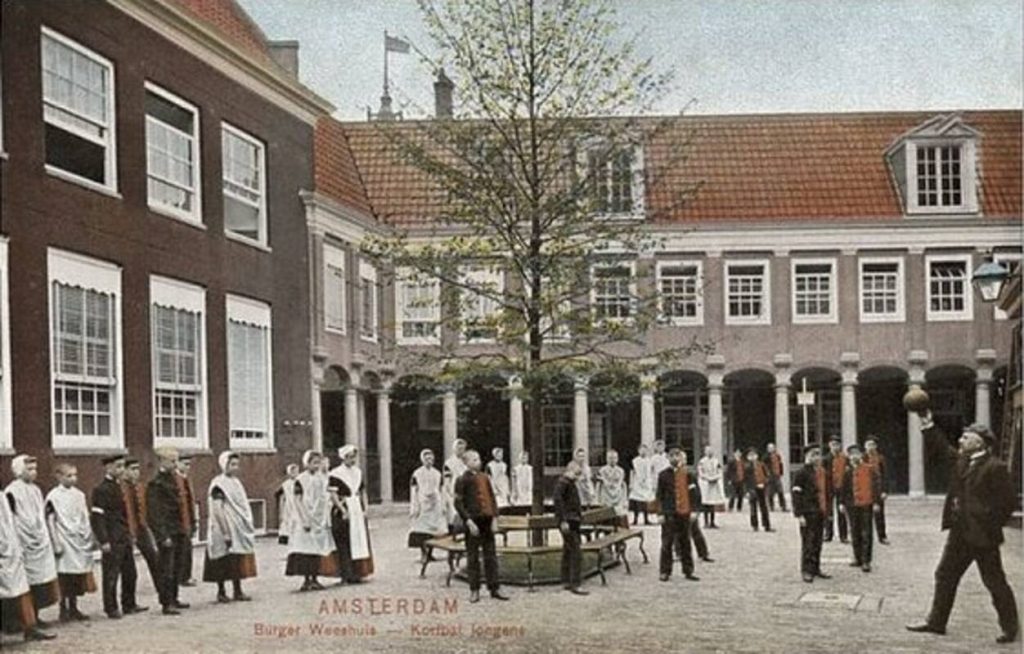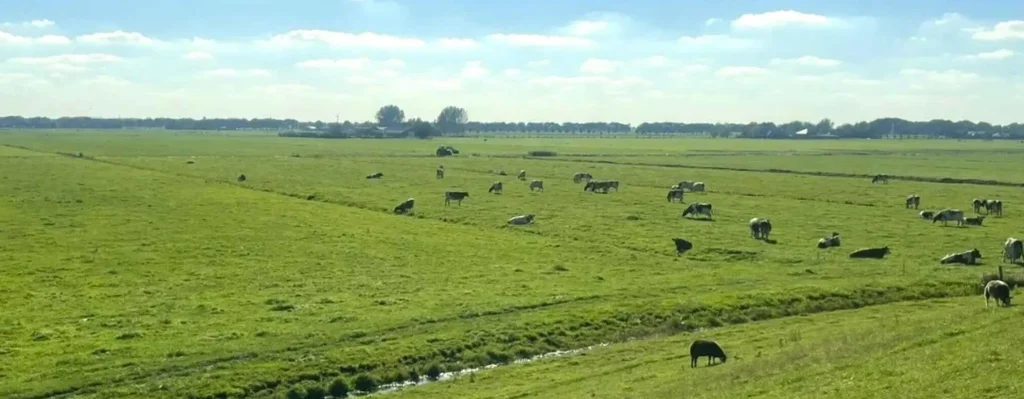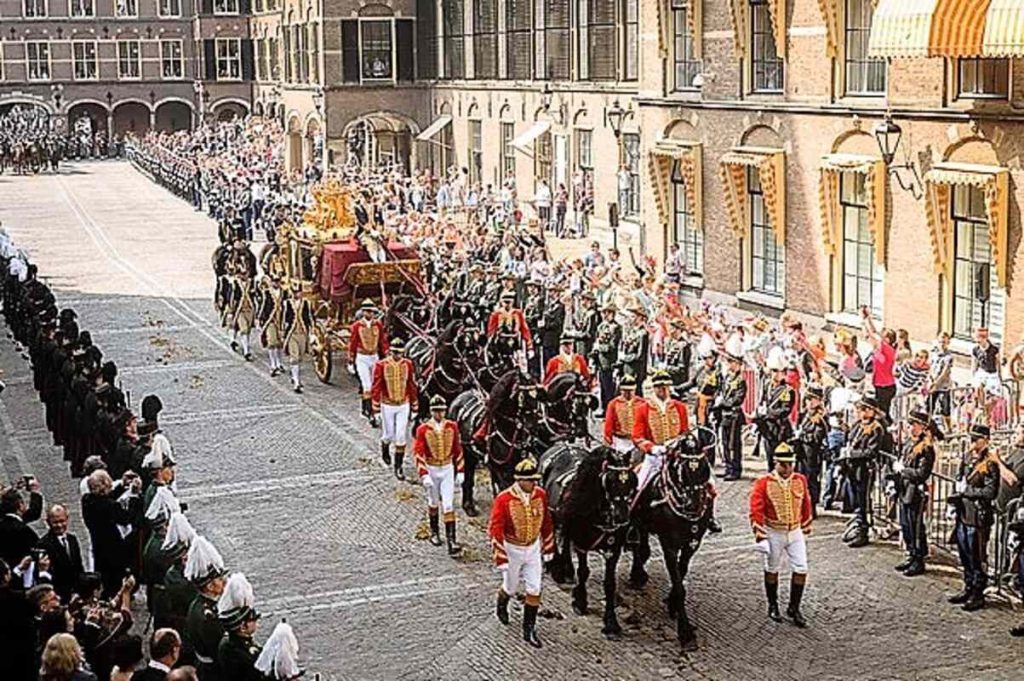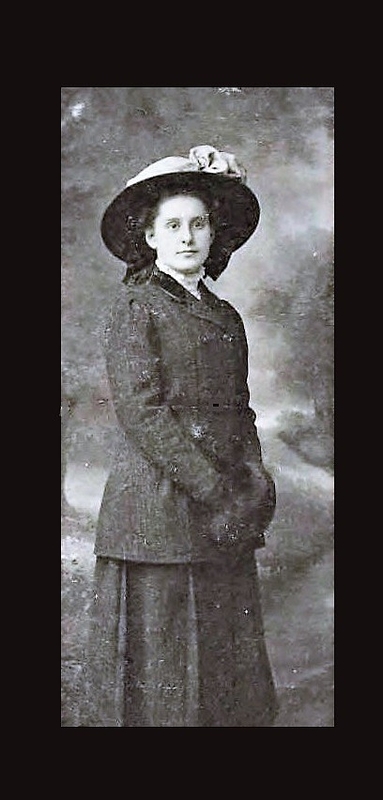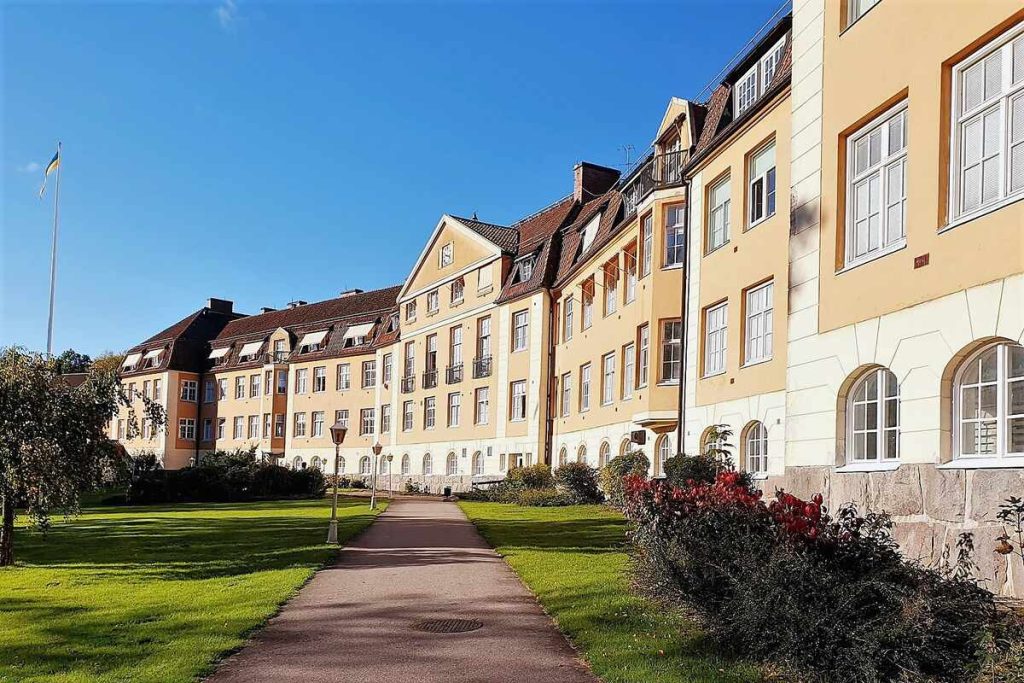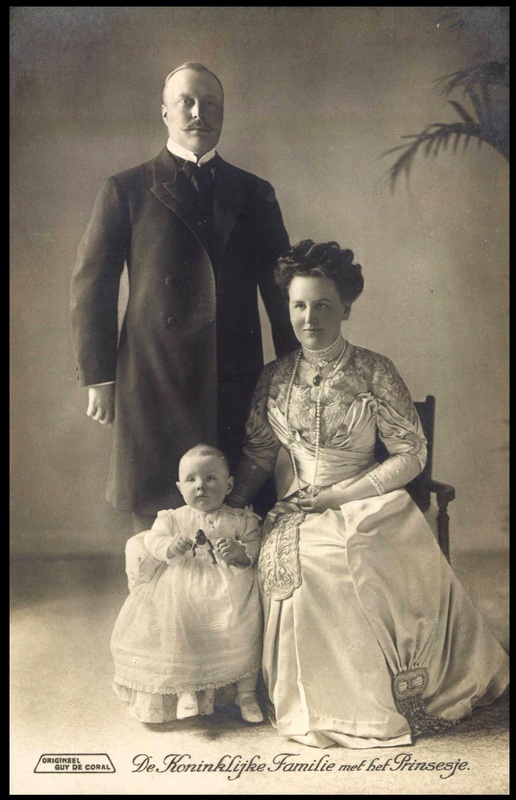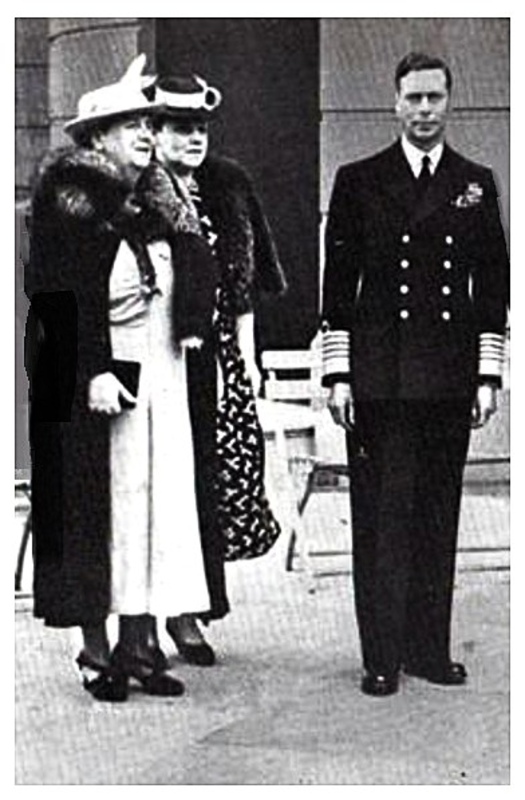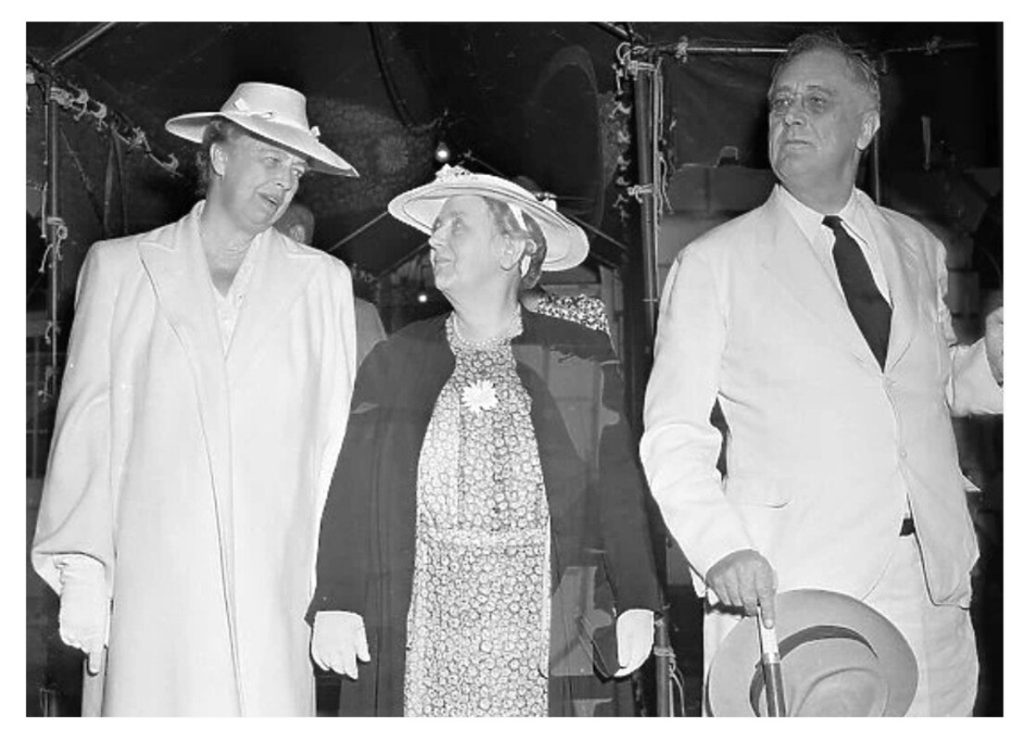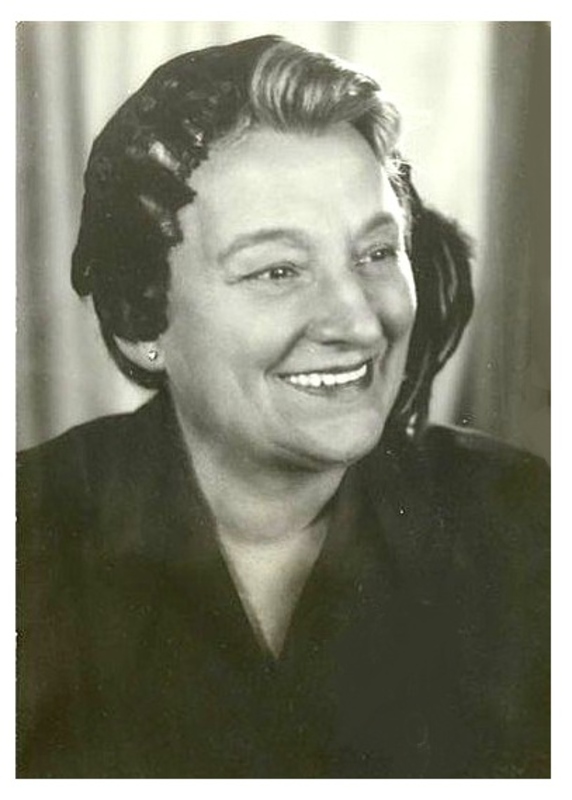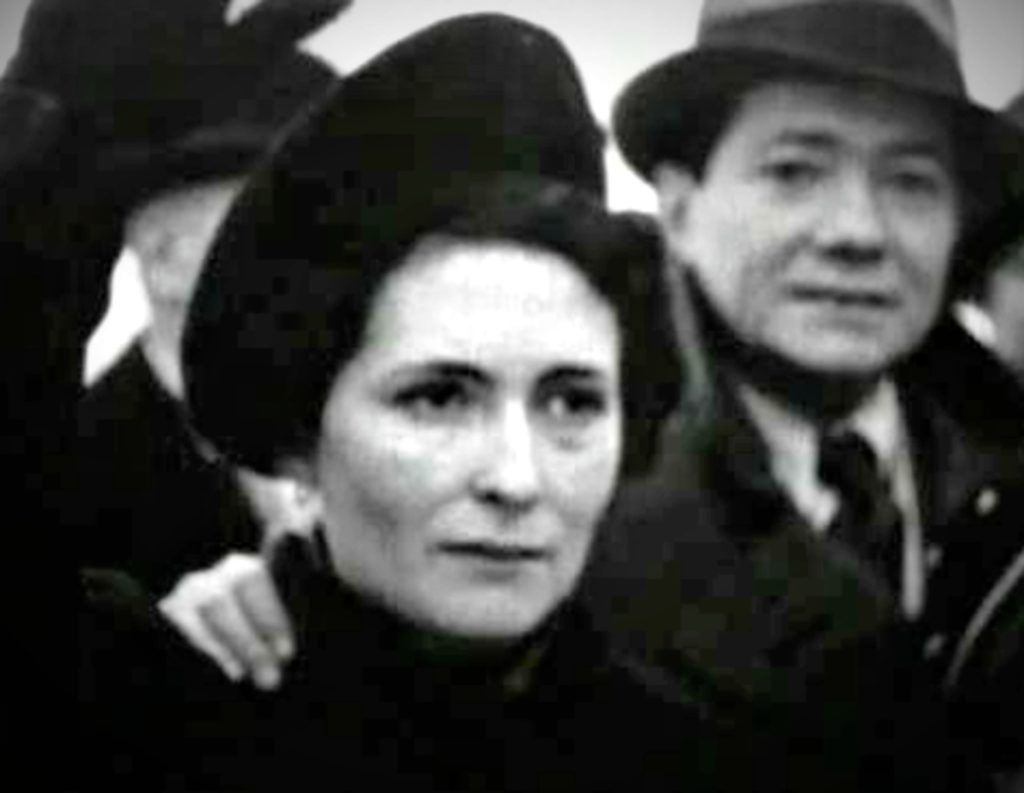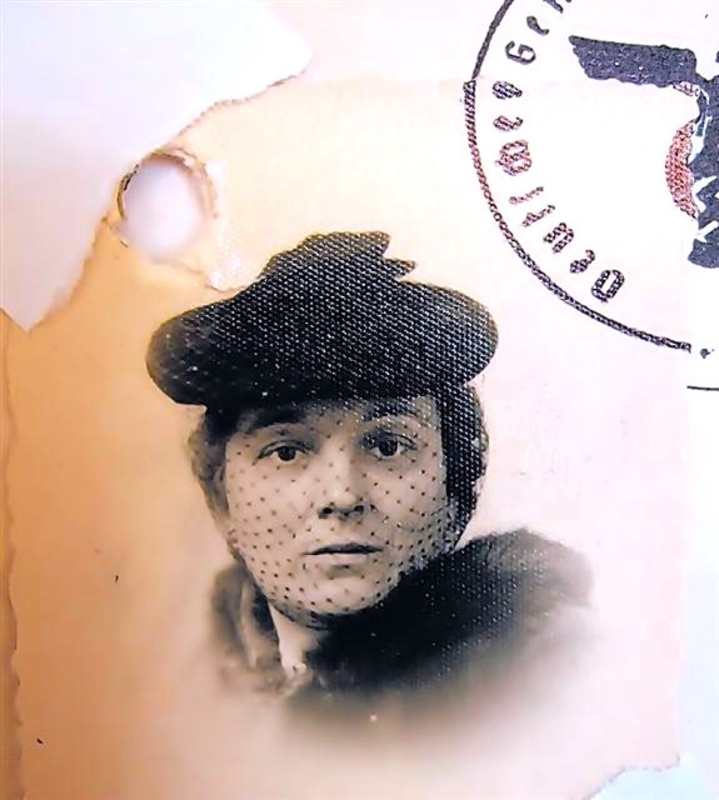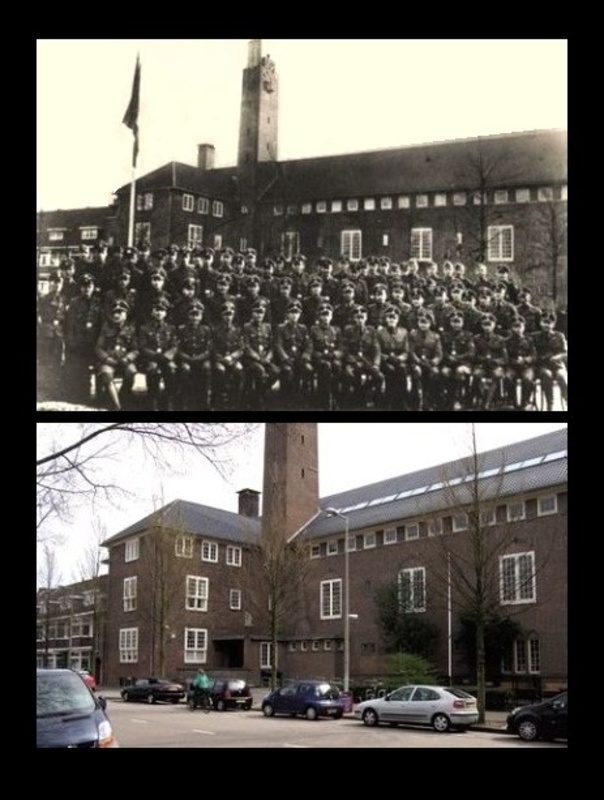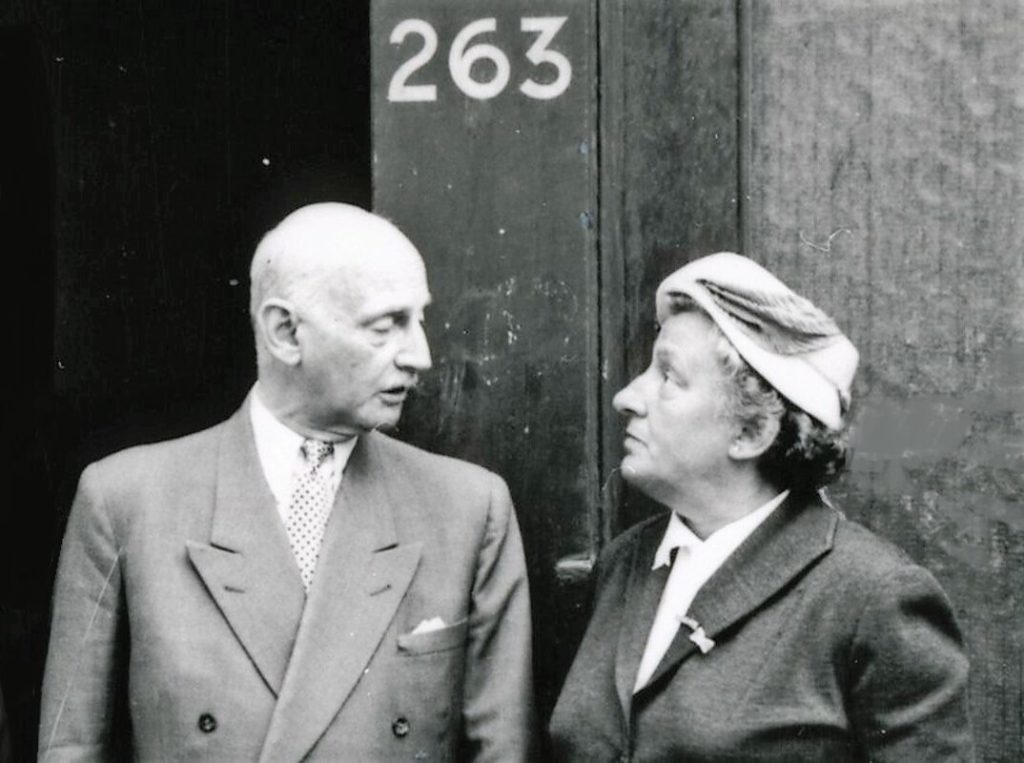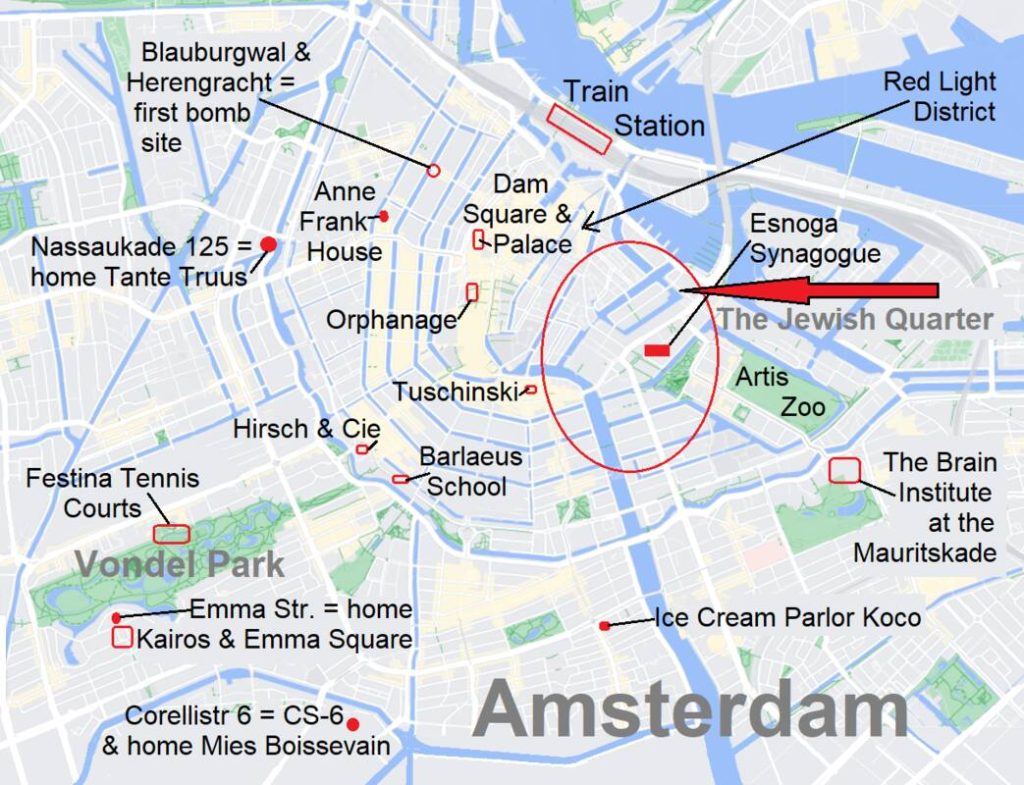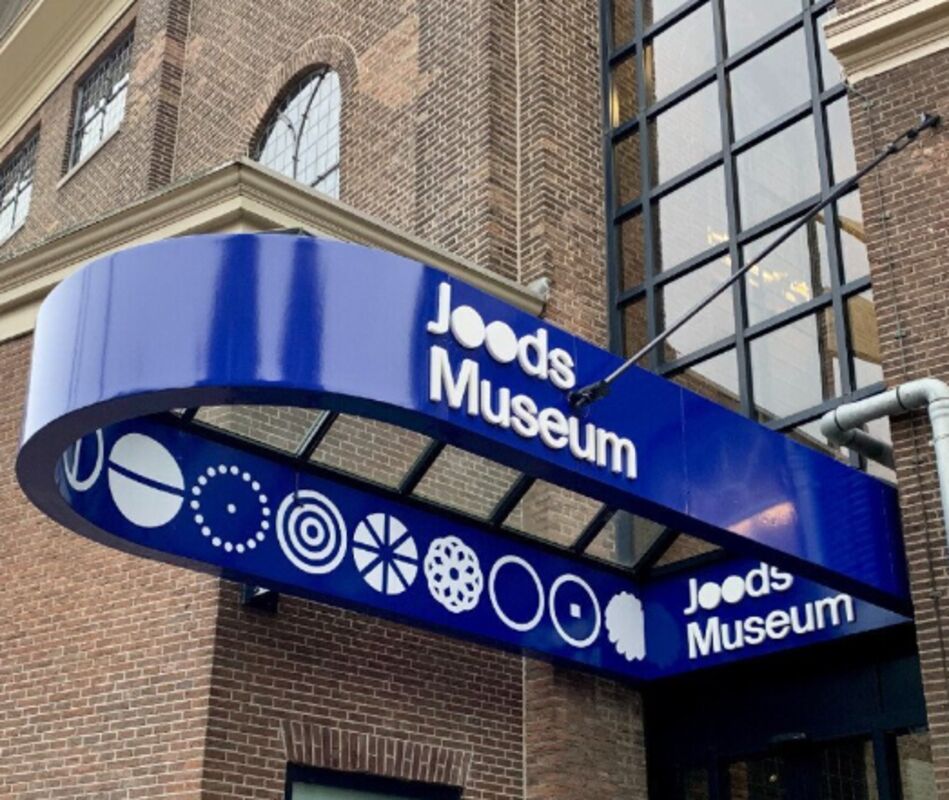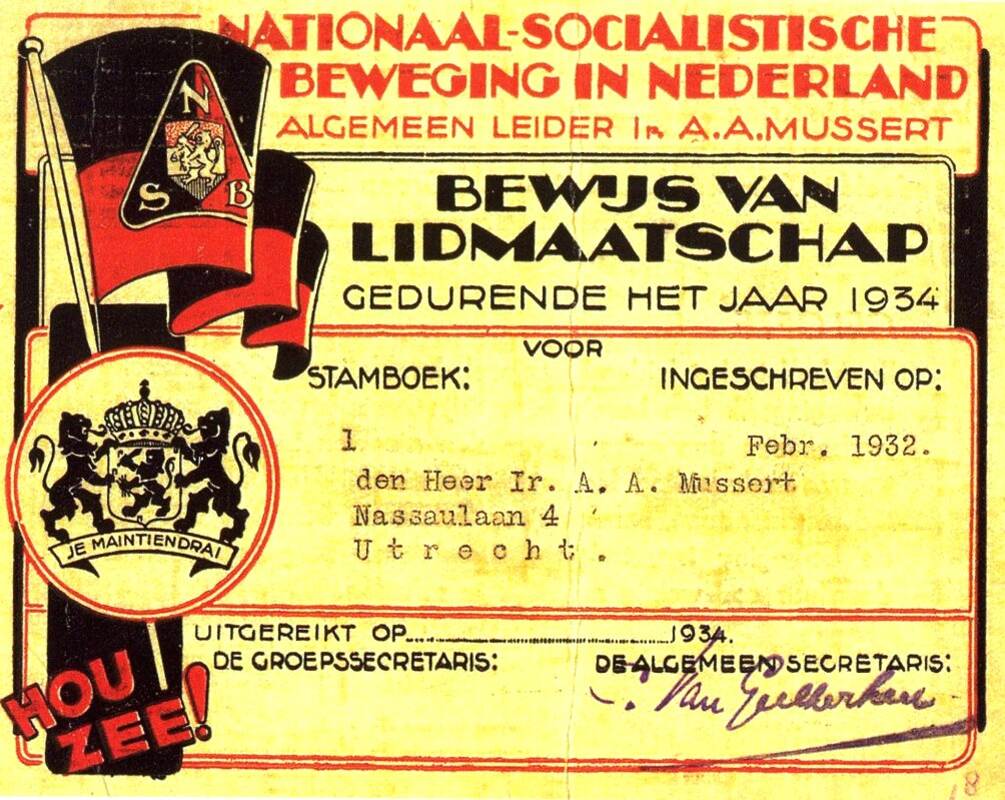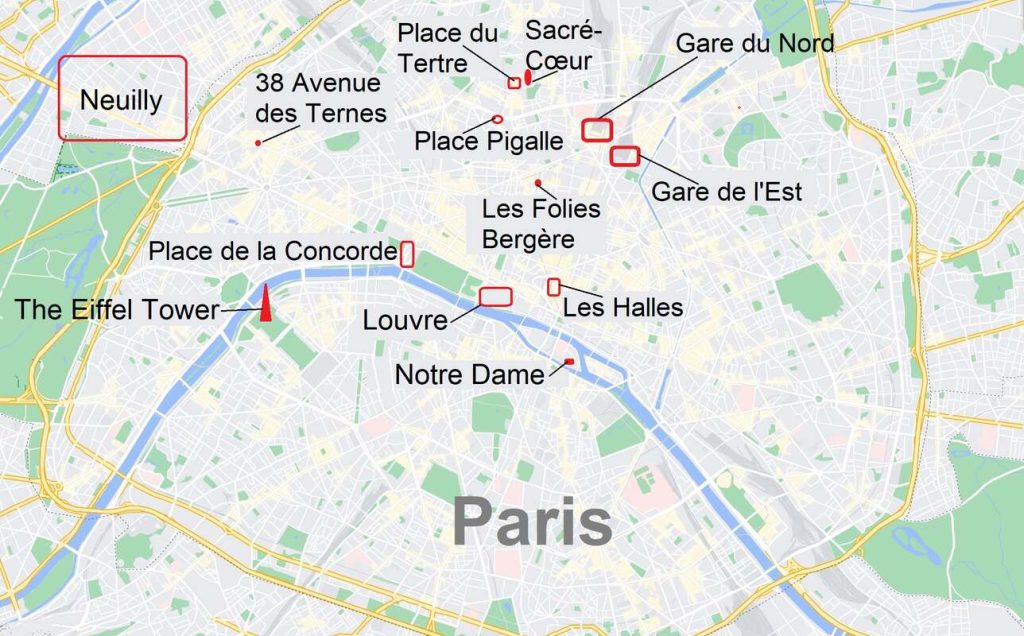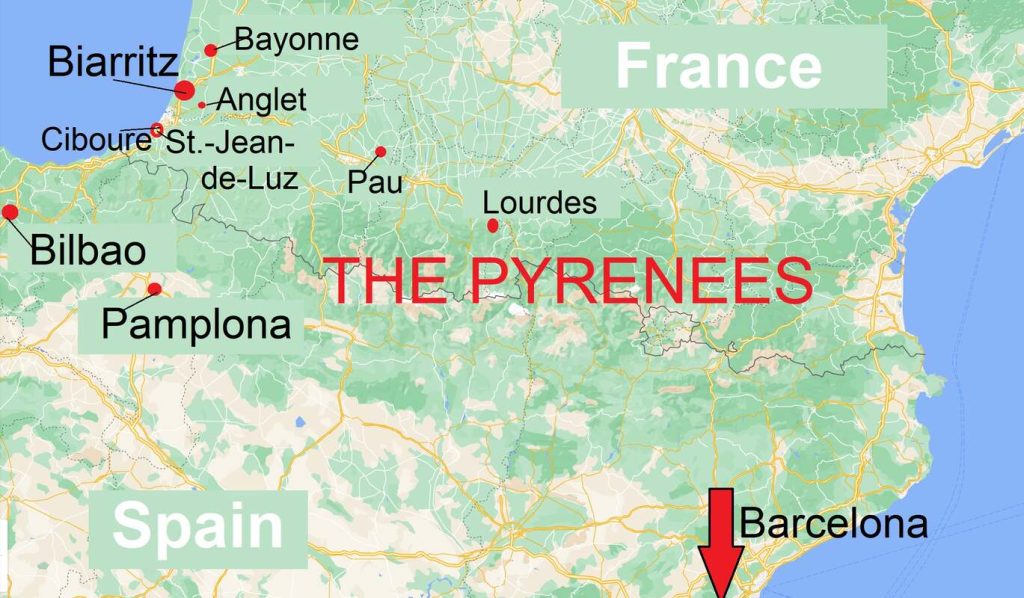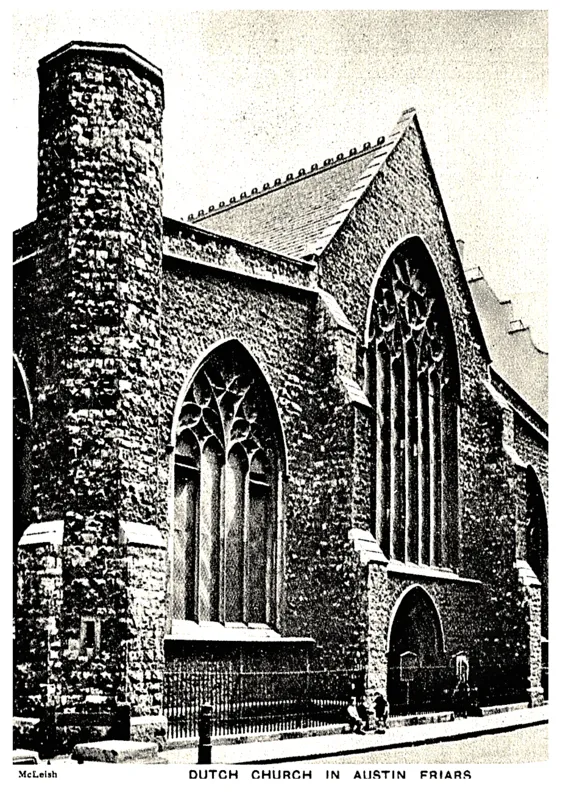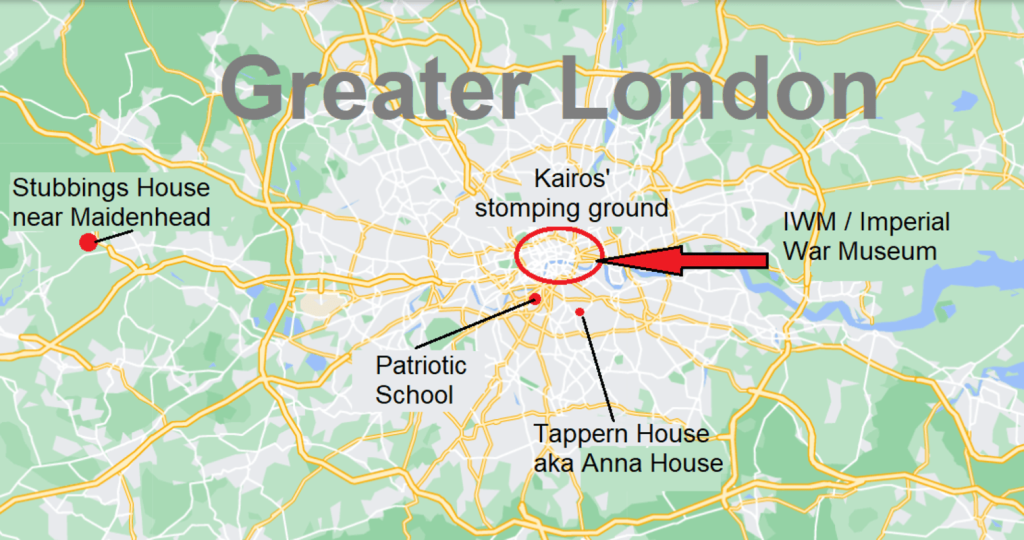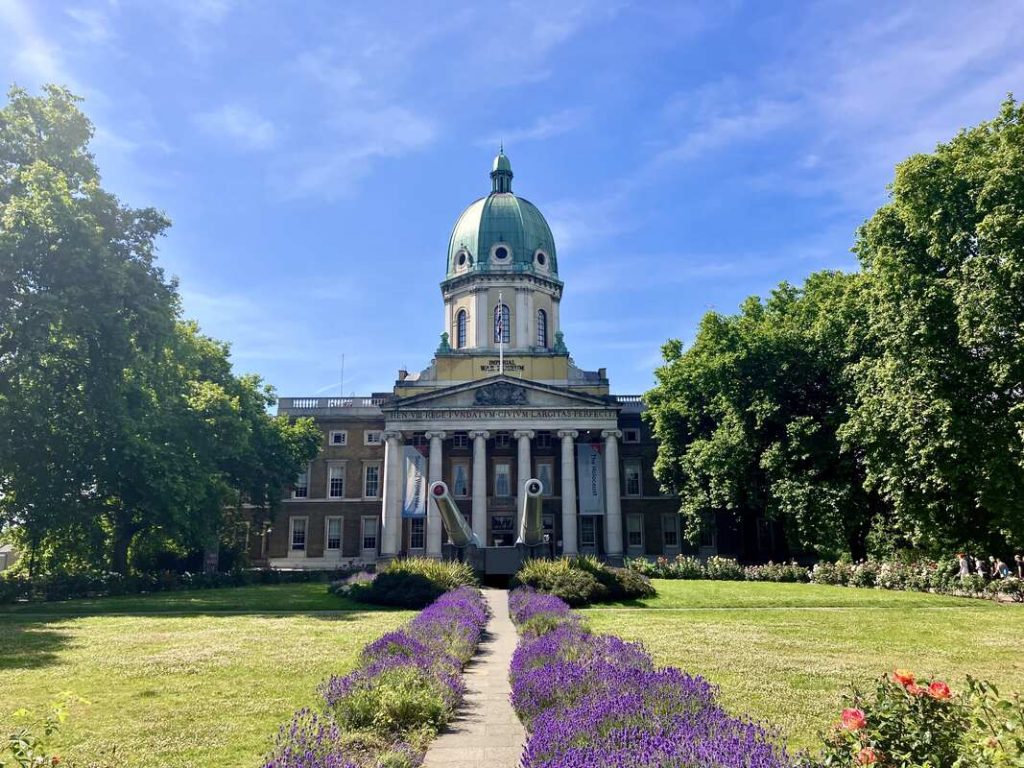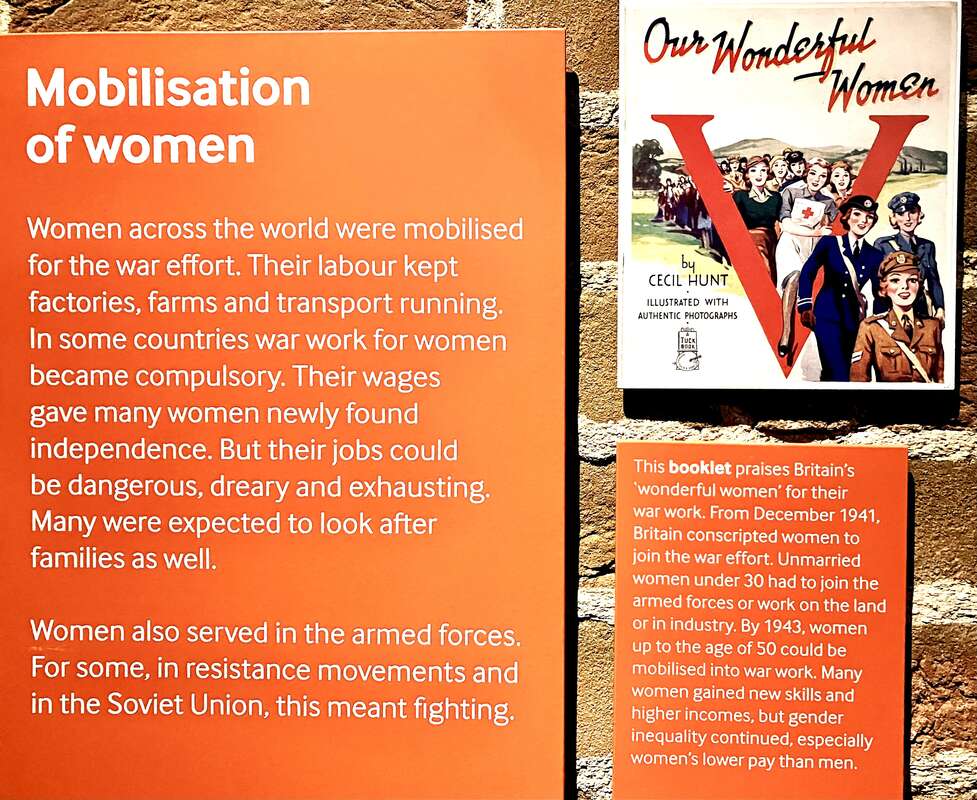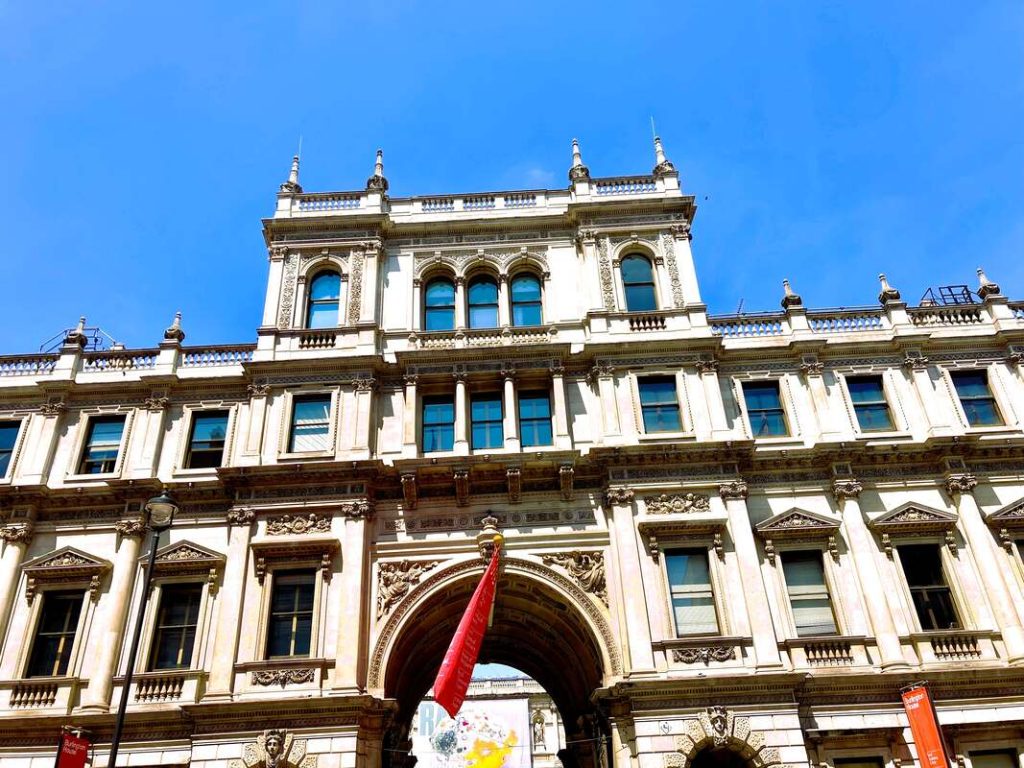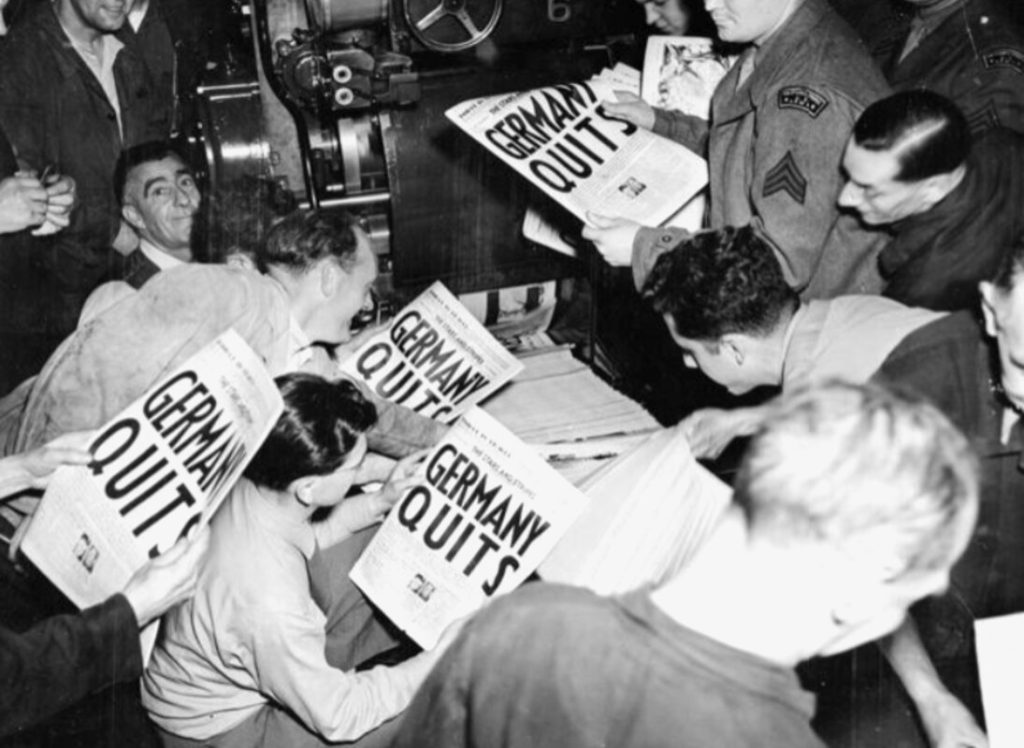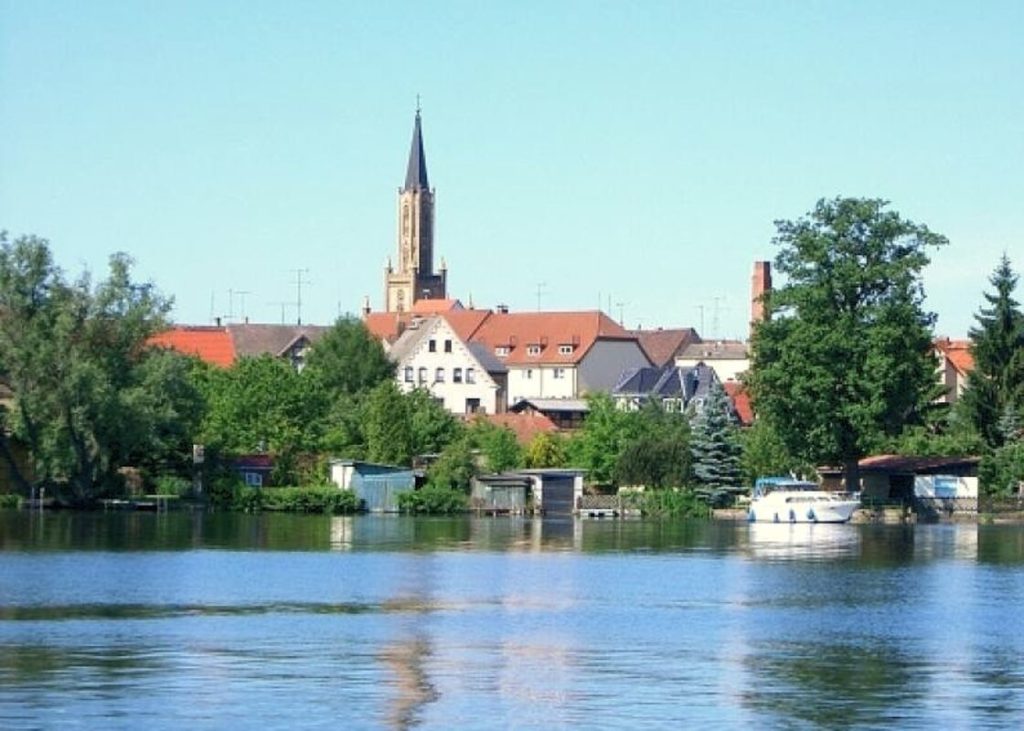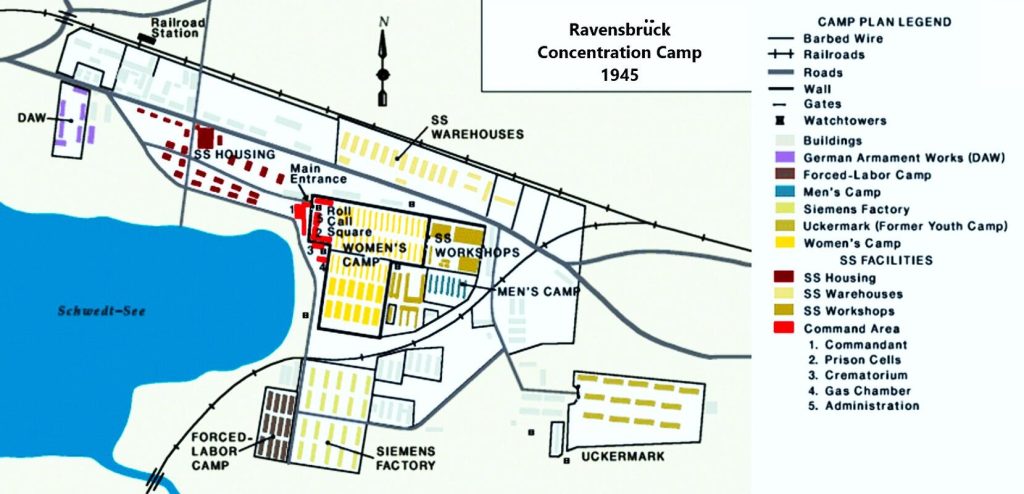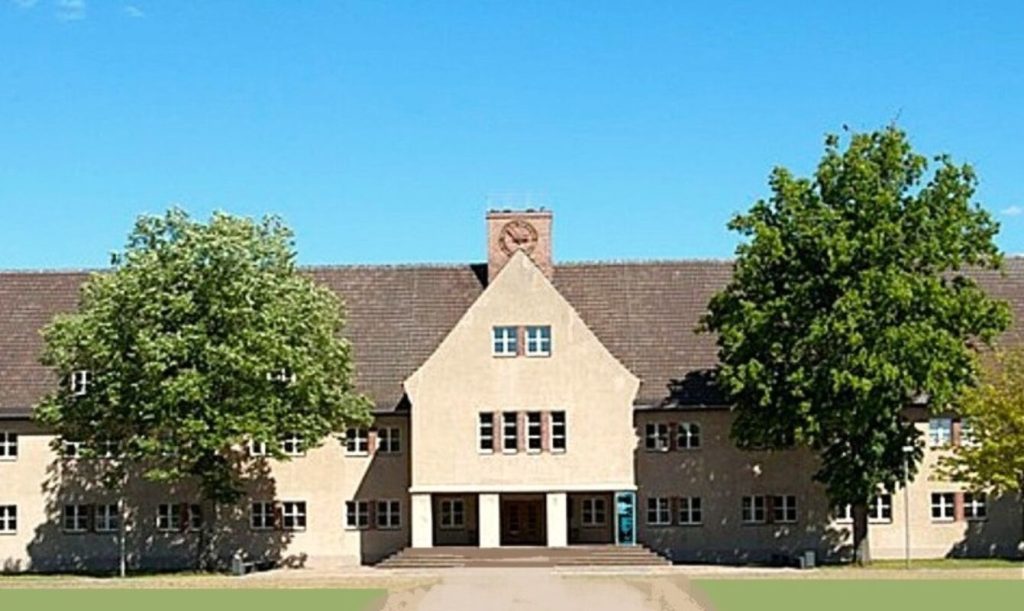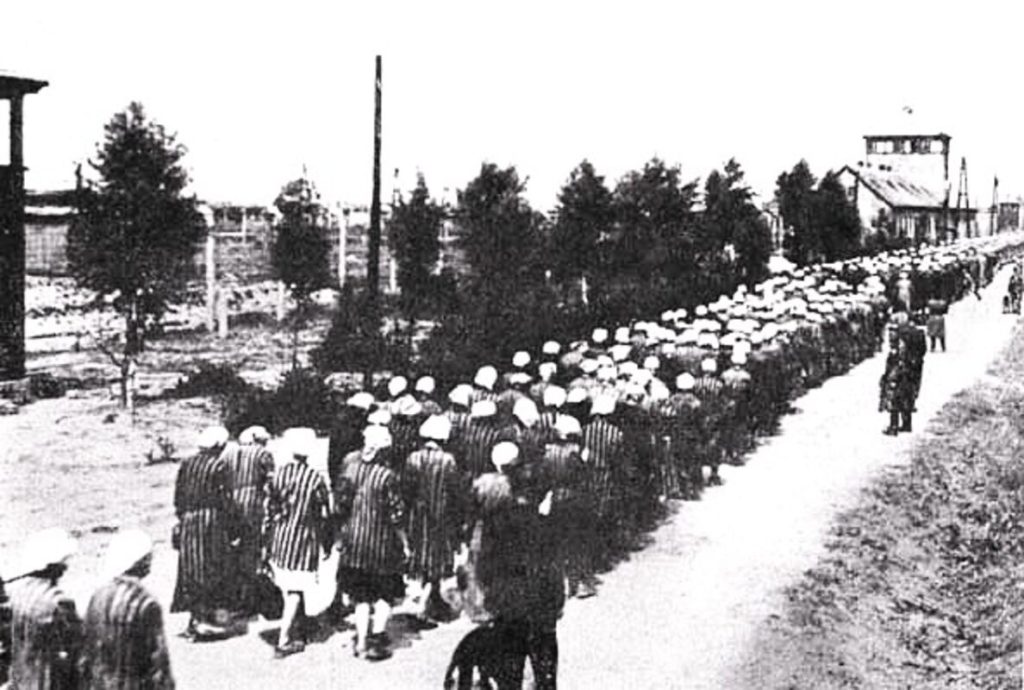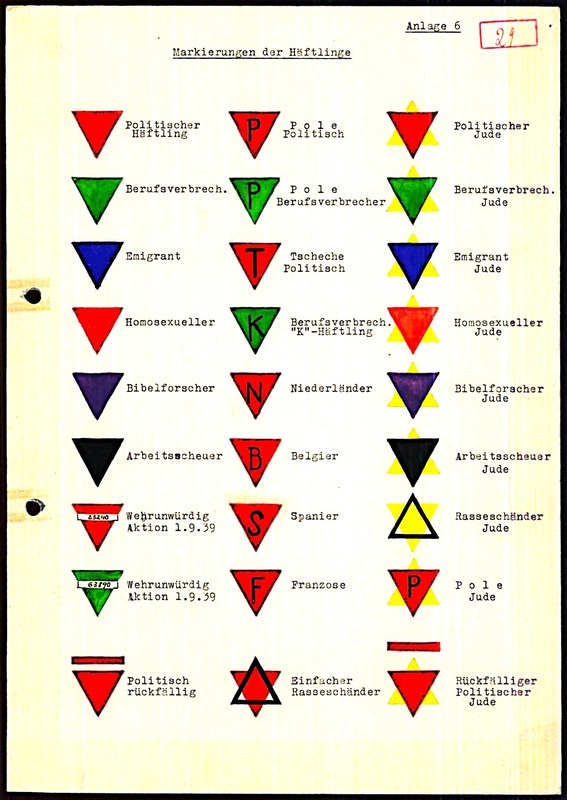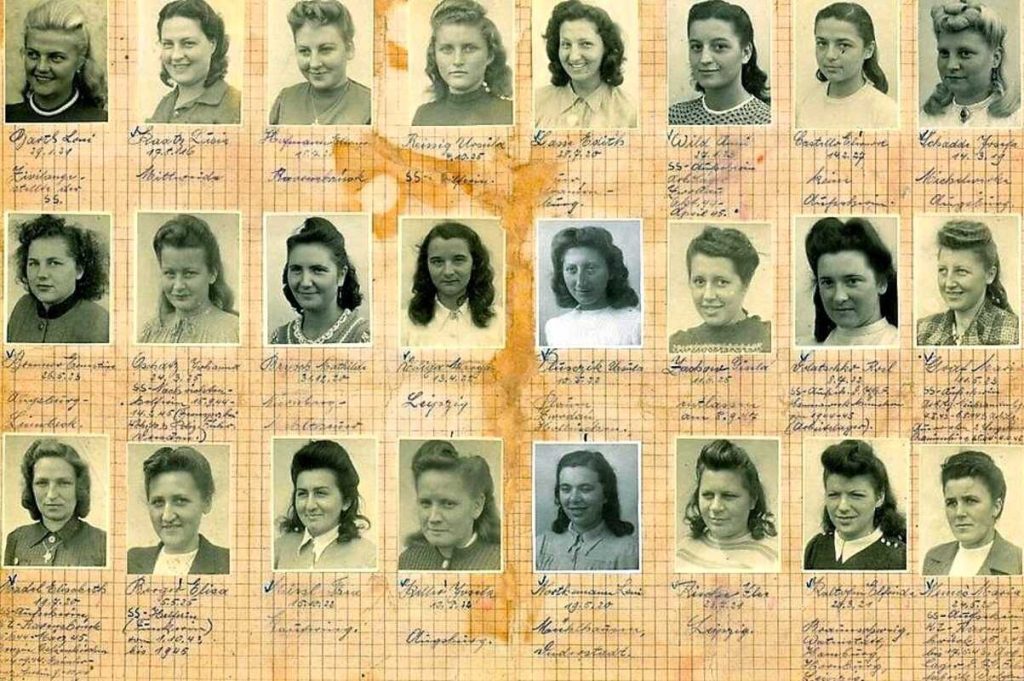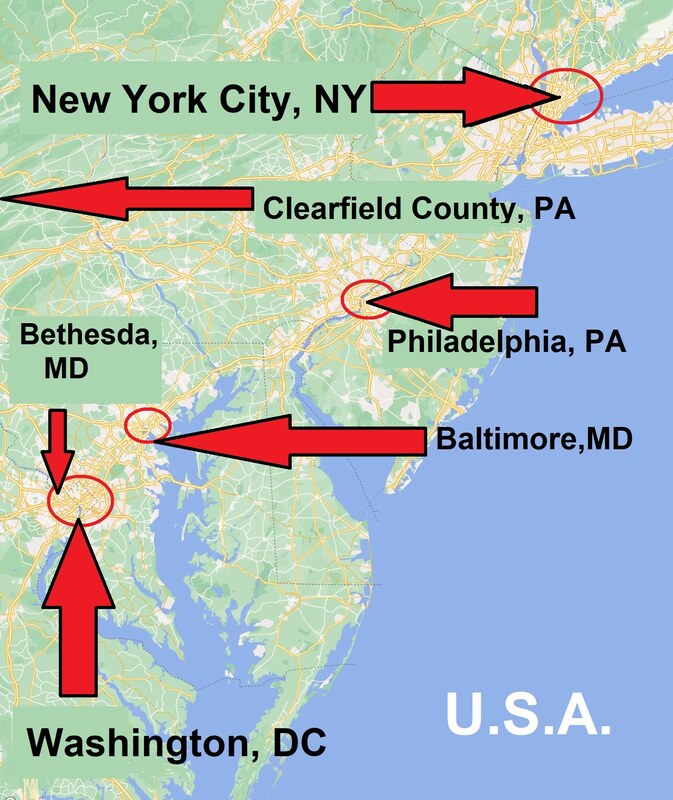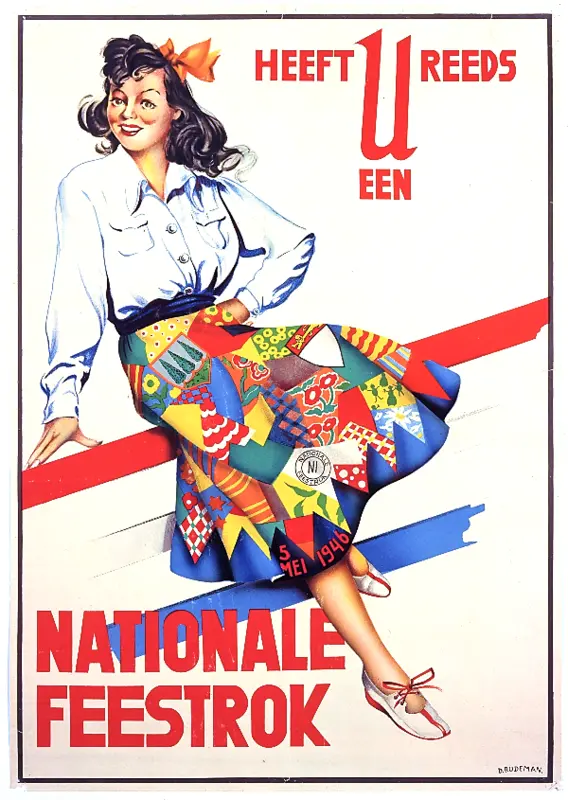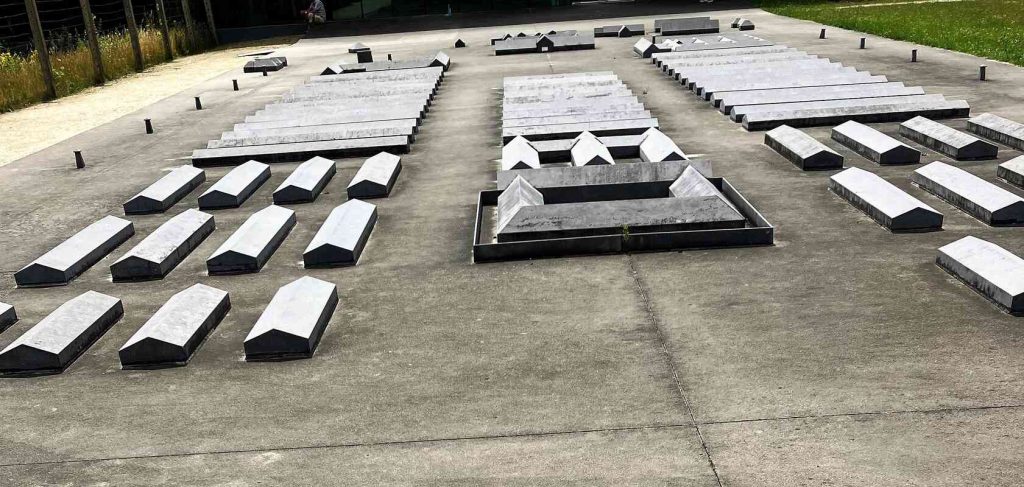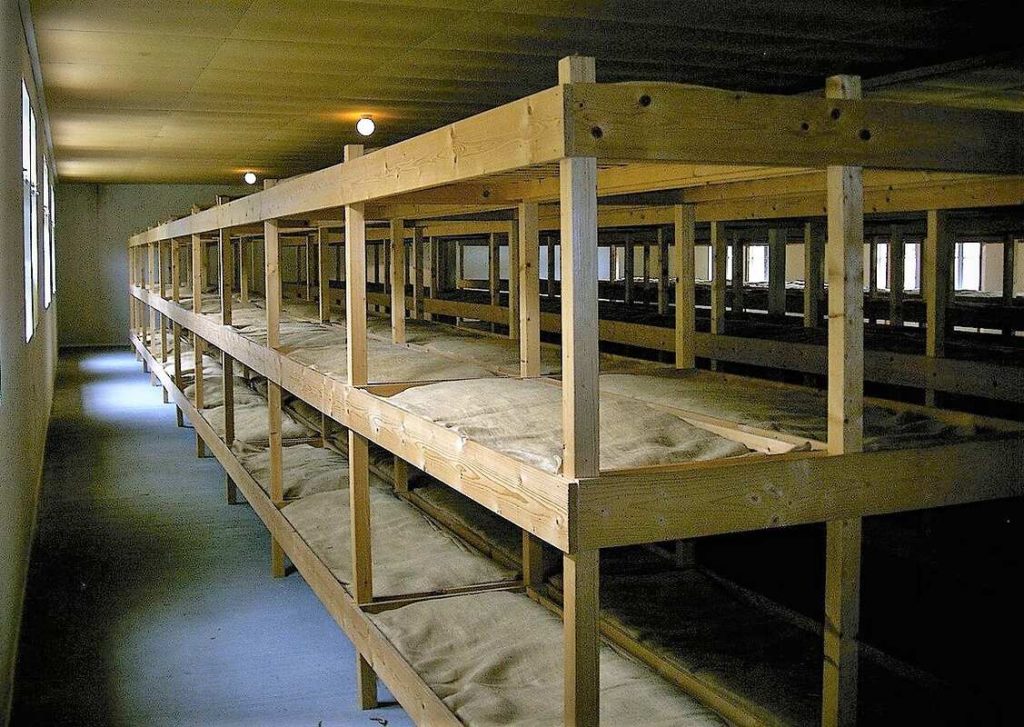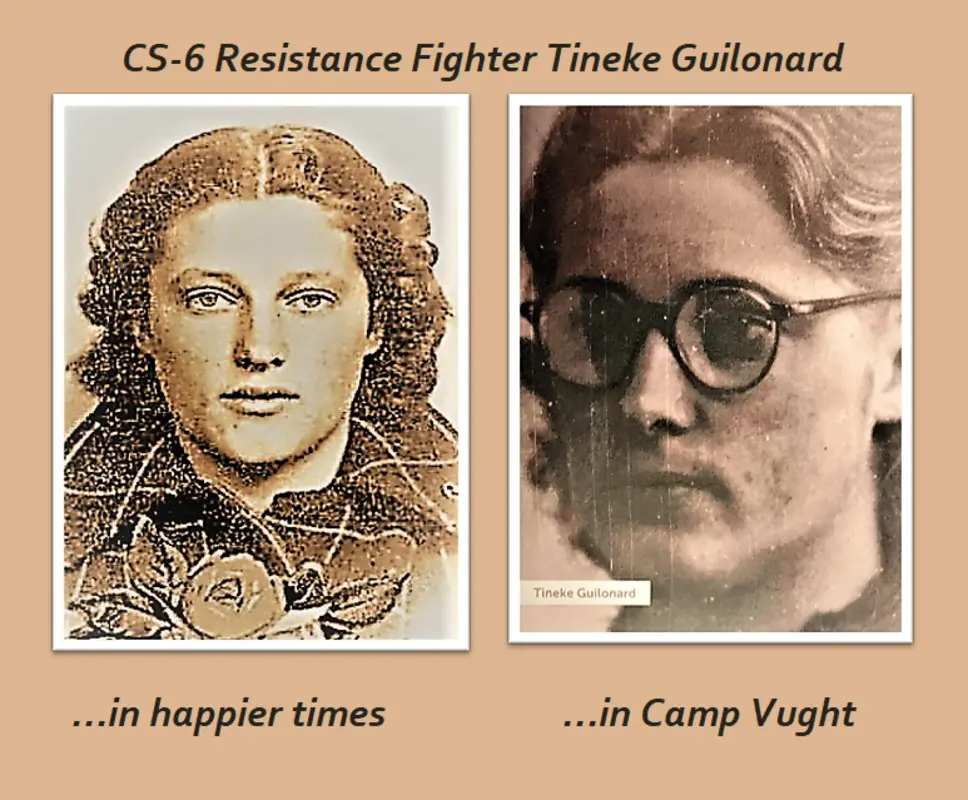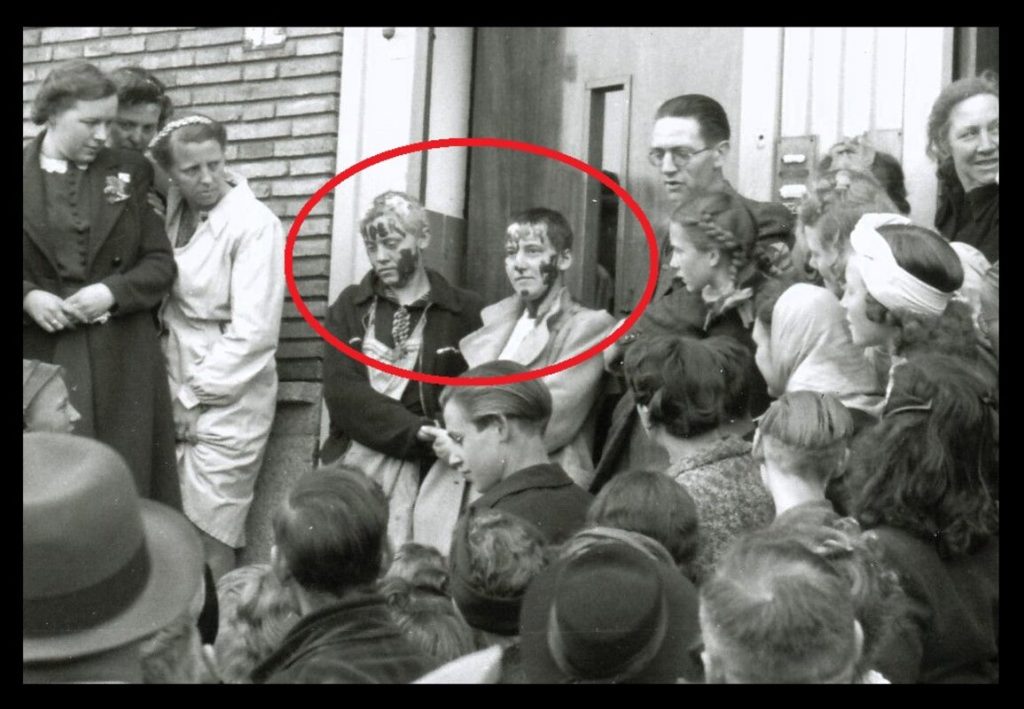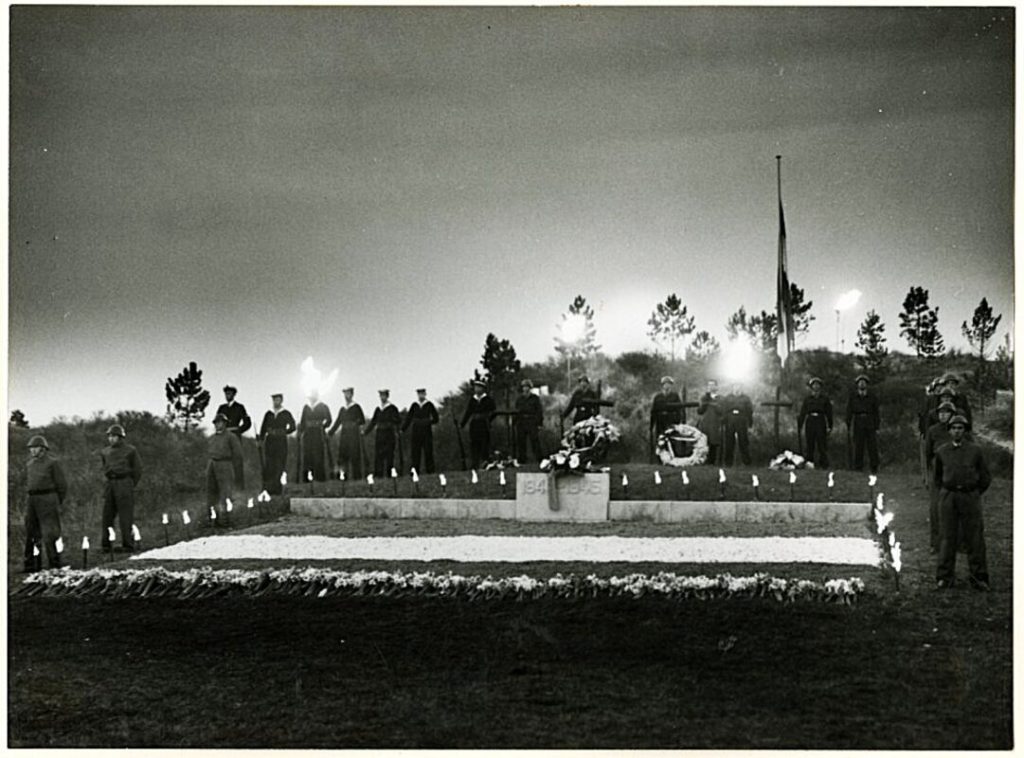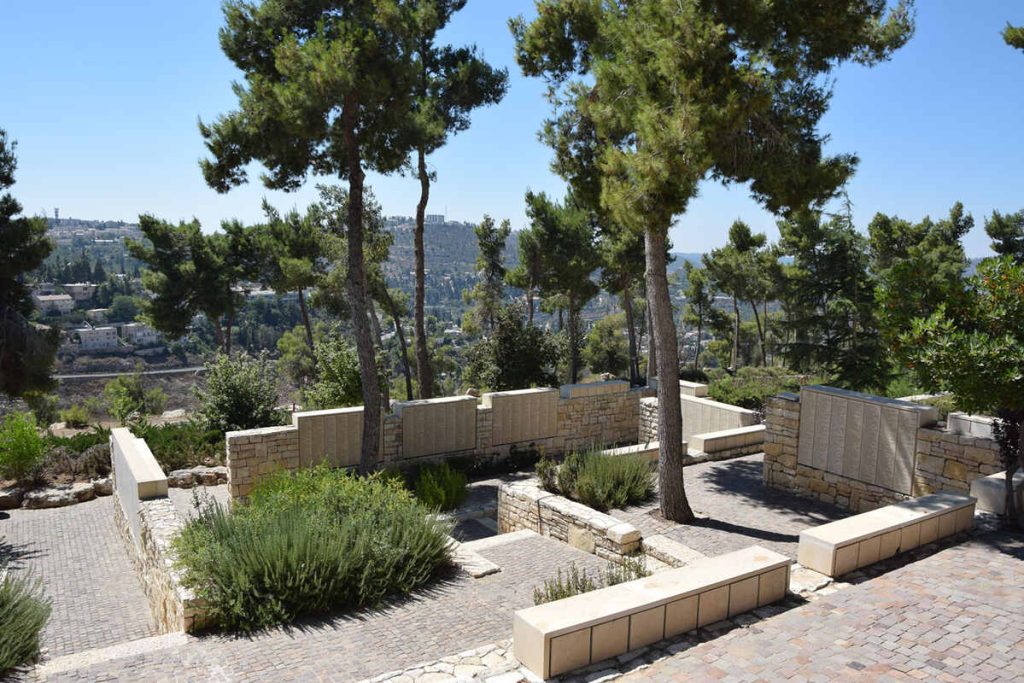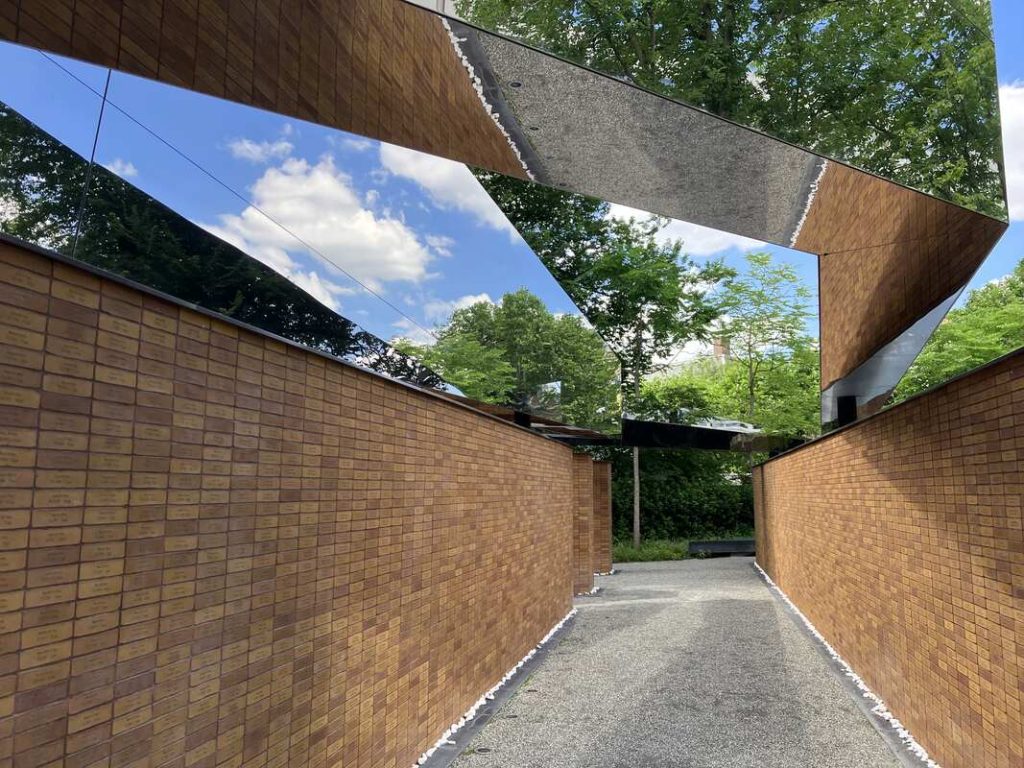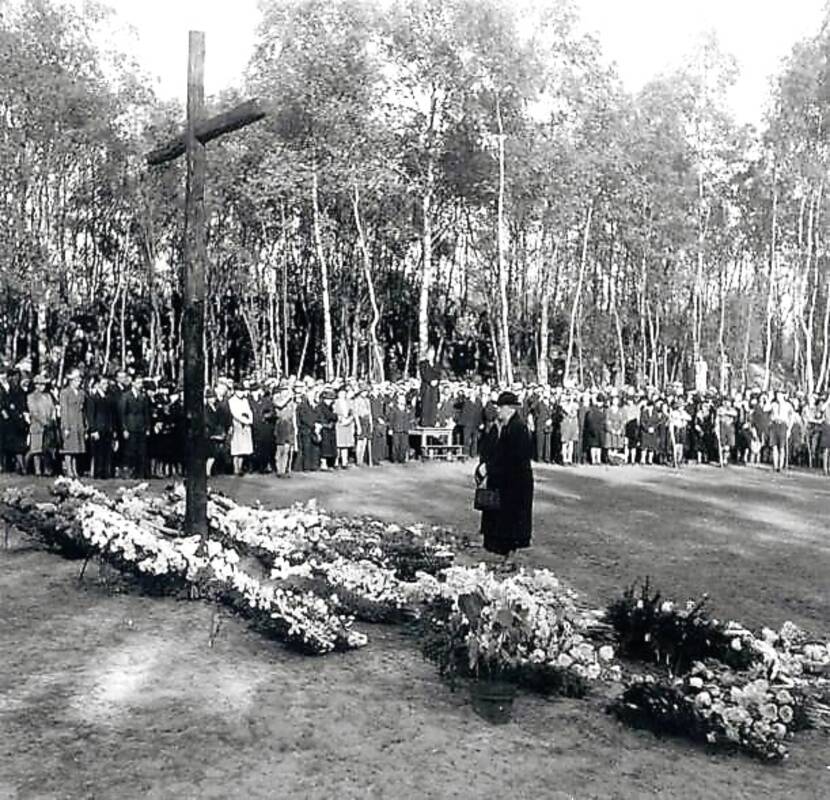ENGLAND – Kairos’ Tradecraft Training
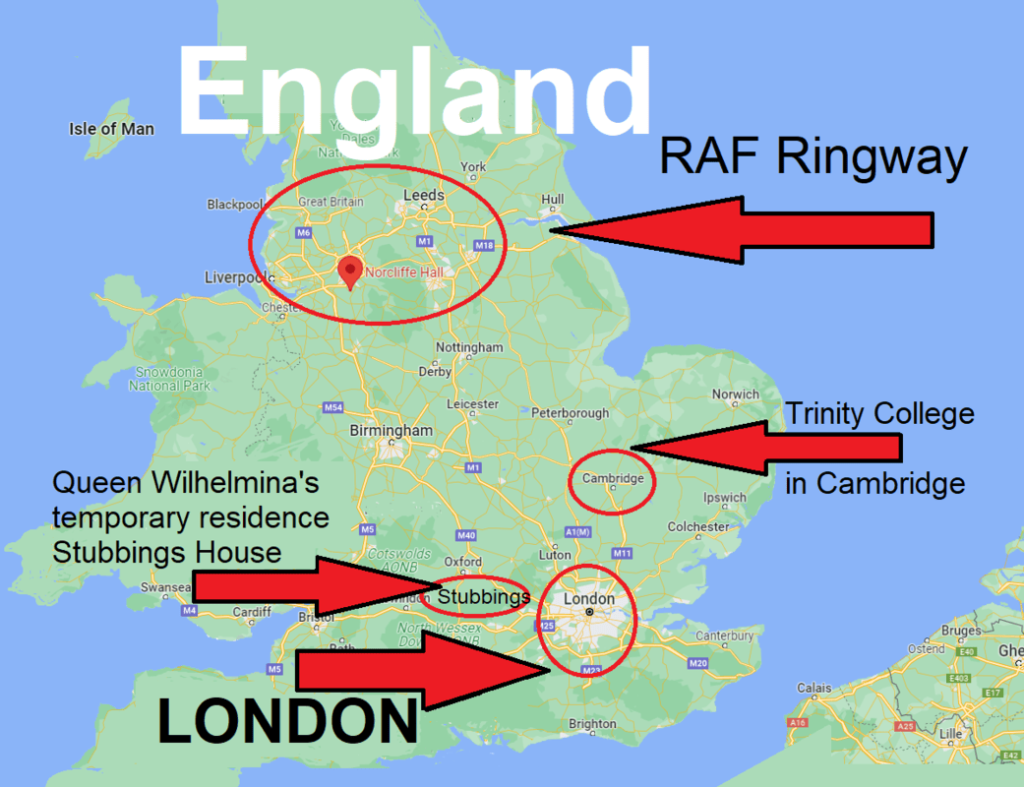
Google Map adapted by Jorinde
Kairos stayed mostly in London, but would go to the RAF Ringway parachute training center near Manchester. Later, Dutch Queen Wilhelmina herself would not only invite him but give him a pep talk at Stubbings House. After somewhat regaining his bearings, he was invited to Trinity College in Cambridge, which reignited his passion for medicine.
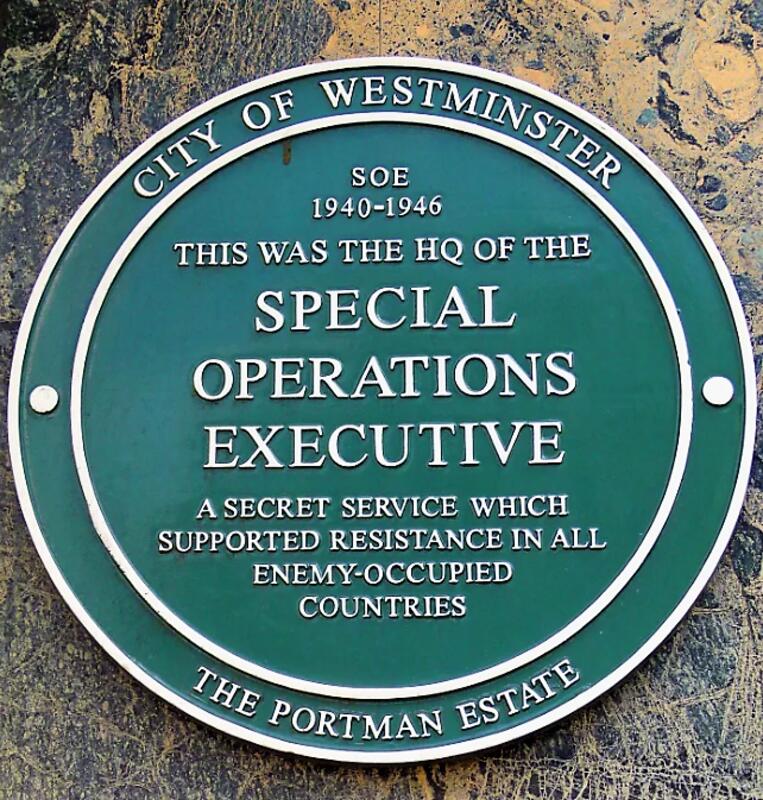
Picture credit: Jorinde
Unless the passerby reads the plaque next to the door, the façade of Baker Street #64 seems nothing special, and that is exactly what those who worked there during WWII wanted; the Special Operations Executive or SOE used to have its headquarters there. The SOE was the organization that Churchill had ordered to set “Europe ablaze.” The SOE consisted of trainers, handlers, and secret agents trained to survive, get Nazi intel, and sabotage the Nazis any way they could.

Picture credit: Jorinde
Those who worked for the SOE were referred to in hushed tones as the “Baker Street Irregulars” because they often had unconventional backgrounds–They might look and behave in “weird” ways and they could even be former criminals or “sexual deviants” (aka “gay),” but they were all specialized in something that could be useful during times of war. The label “Baker Street Irregulars” refers to the little street urchins Sherlock Holmes employed as message boys. After all, SOE HQ was only a few doors down from the house of the fictitious sleuth.
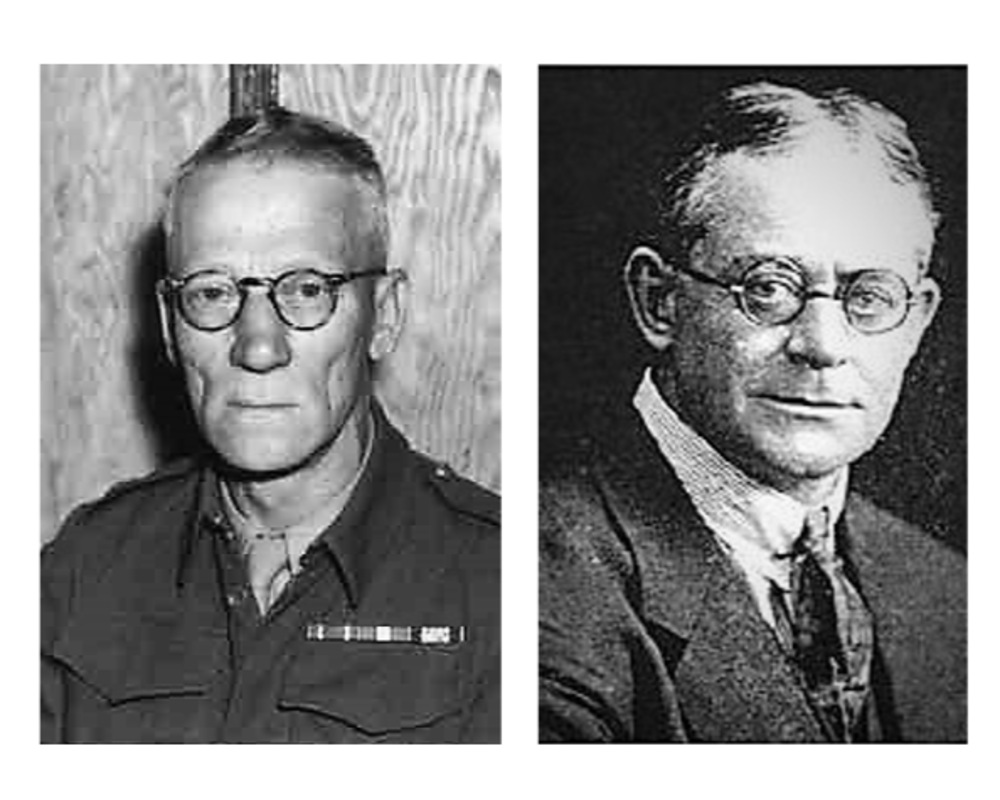
Unknown photographers
People like Captain William Sykes and Major Fairbairn, (previously employed by the Shanghai police where dirty fighting was the only way to survive) trained agents in H2H combat and silent killing. Also dubbed the “Ministry of Ungentlemanly Warfare,” SOE trainers were the antithesis of the “White Hall Wafflers” with their outdated colonialist arrogance and lack of real-world knowledge.
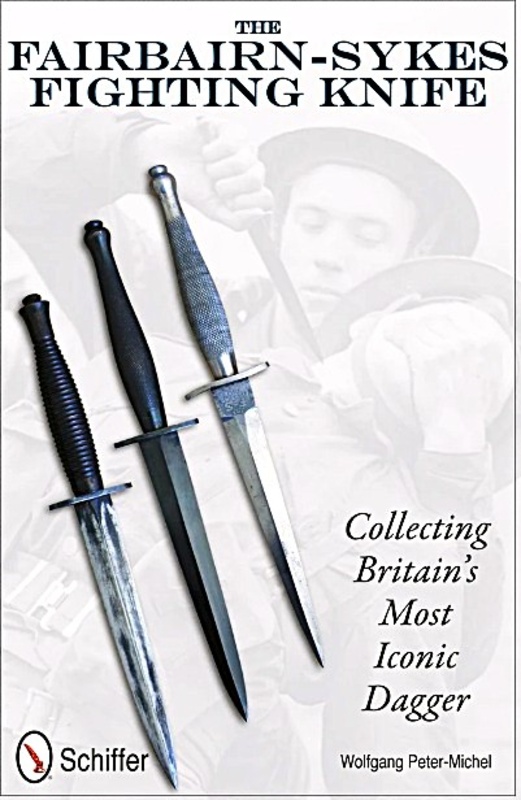
Now collector items, the knife that was really invented by Fairbairn was also associated with Sykes because he too advocated what they both called “Gutter Fighting.” Fighting no longer had to do with fair play or rules, but was simply about killing or being killed! Whether leaving a hardly visible puncture wound with the scalpel-like “Fairbairn stiletto,” or gouging out someone’s eye, either method, Fairbairn wryly remarked “would get the job done.”
Sykes’ field craft training taught Kairos that 90% of H2H combat depends on observing your surroundings and your opponent. The other 10% is knowing your “stuff,” mastering the method.
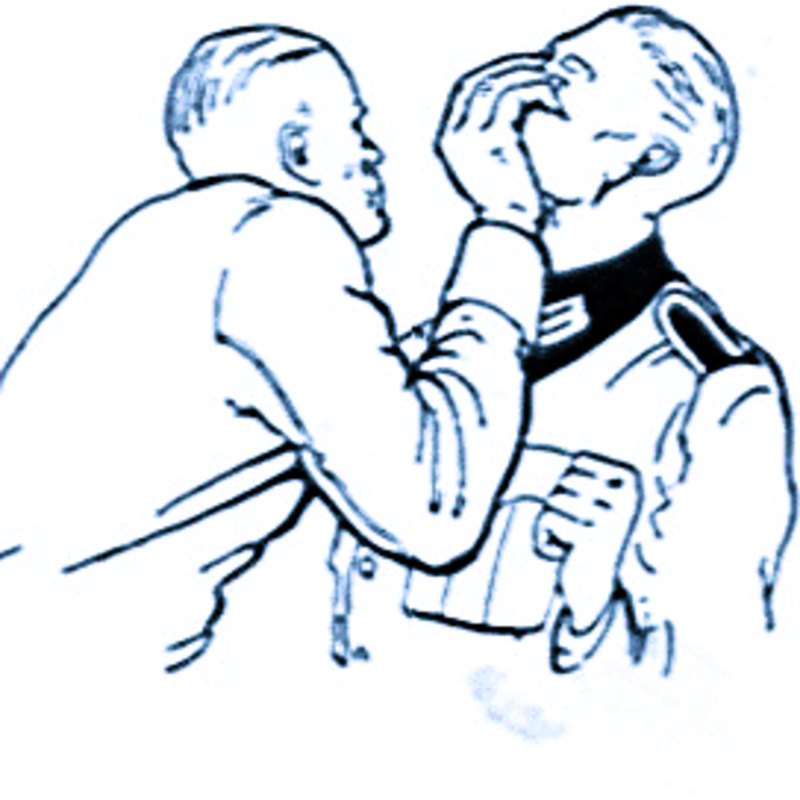
From the Field Artillery Journal- October 1942
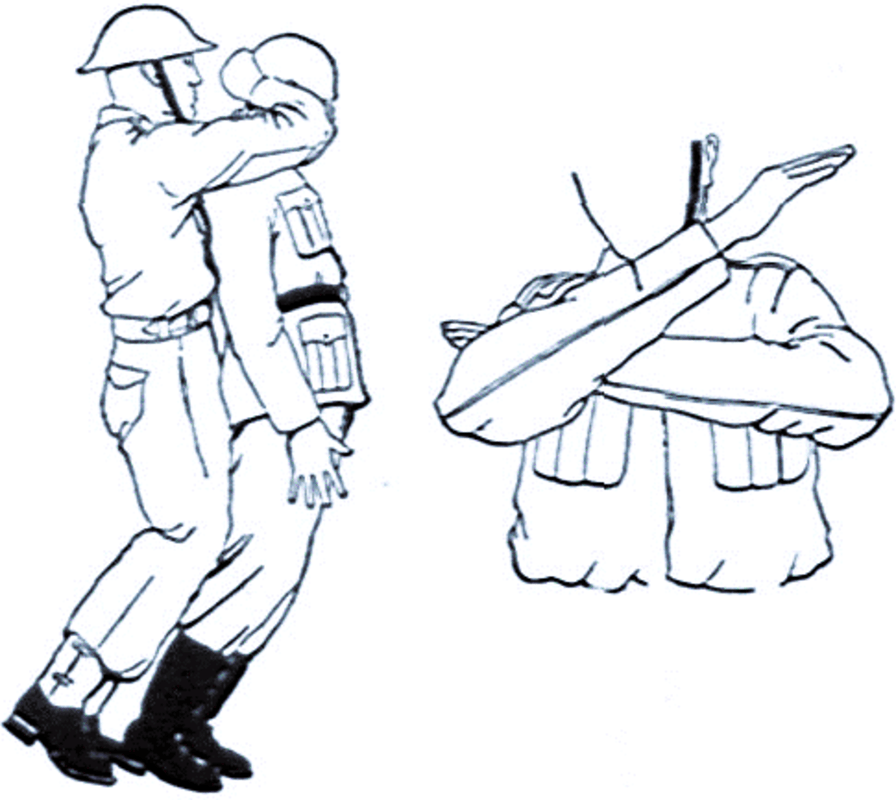
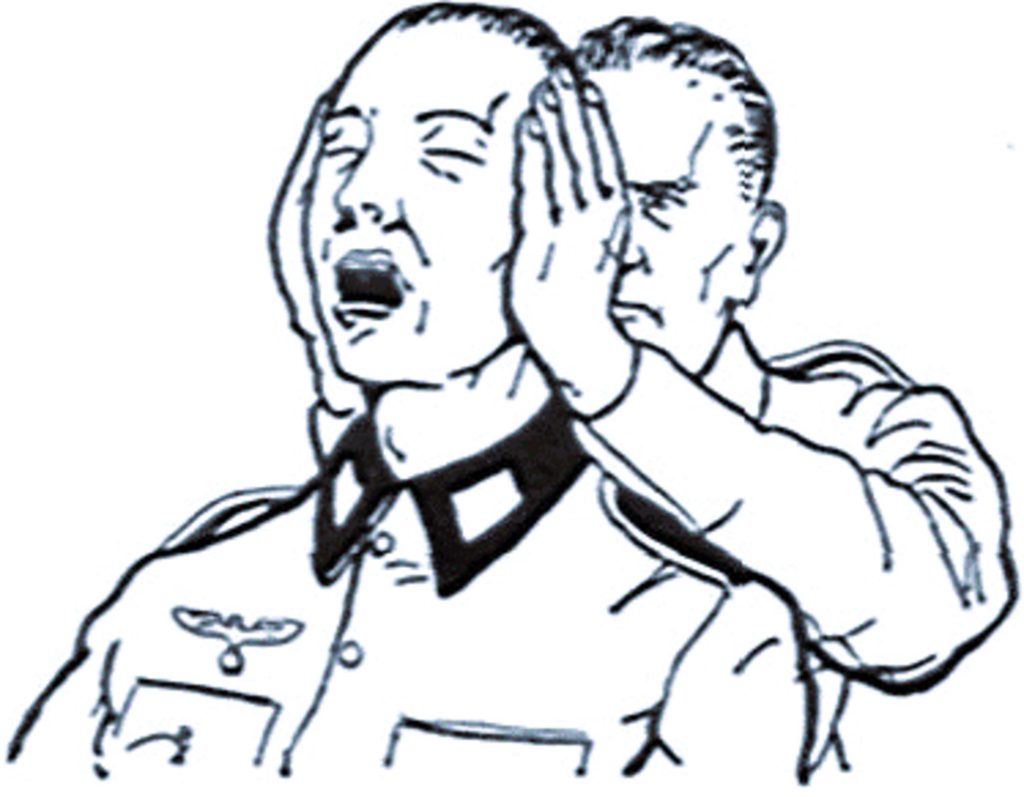
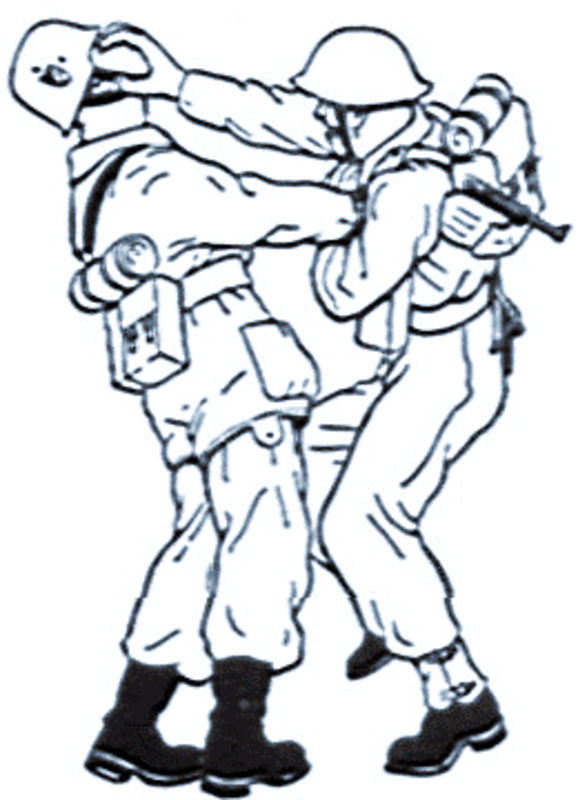
I made Kairos’ acquaintance in the 1990s at a local Maryland courthouse, where his court case had just been dismissed; two youngsters had sued him for “violence directed towards them,” while in reality, the so-called victims were the perpetrators who had been trying to steal his bike… At the time, Kairos was in his late seventies, so they had assumed he was an “easy target”–Little did they know that he had been trained in silent killing by Eric Sykes.
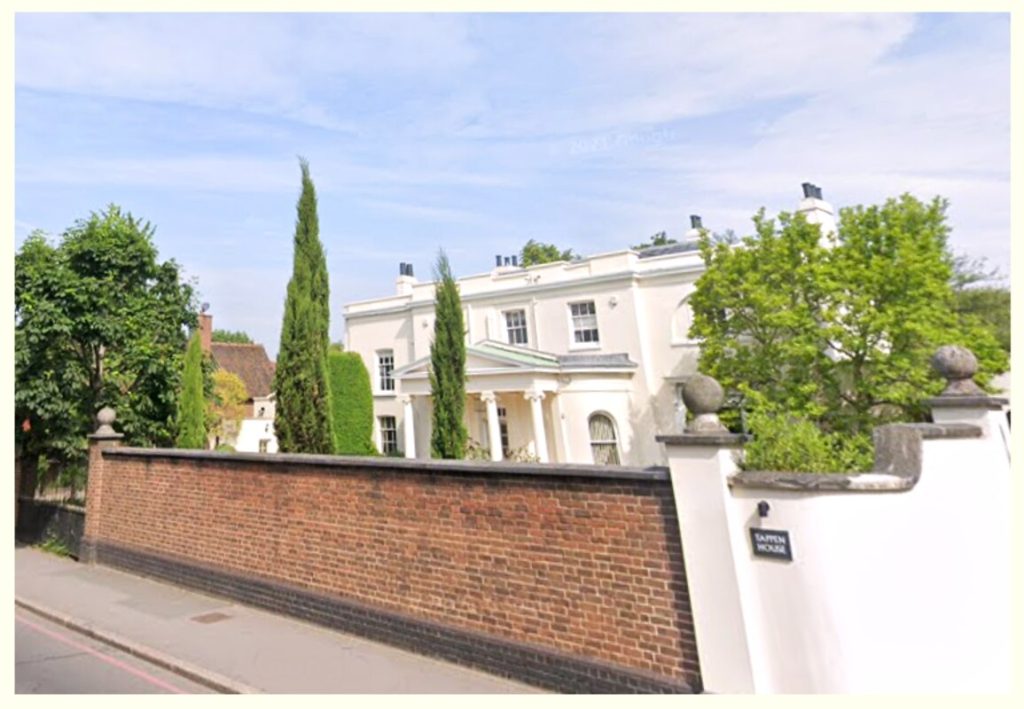
Unknown photographers
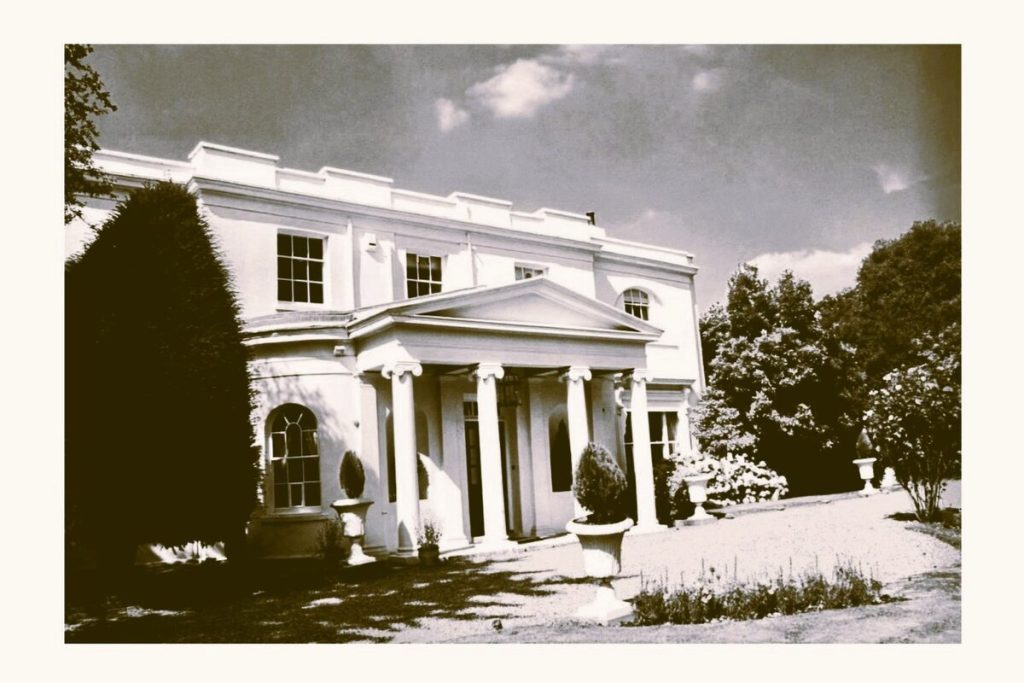
In 1943, Dutch Prince Bernard brought Captain Somer (who had fought the Japanese in Indonesia) to London to set up a school for secret agents in Glendlea House in West- Dulwich (Greater London). The agents called it “Anna House,” referring to a portrait of Anna van Buren (wife of William of Orange) gracing the main hall. There was also a British Commander called Child, who trained the men in “tradecraft.” What used to be “Anna House” still exists, but is currently referred to as the Tappern House.
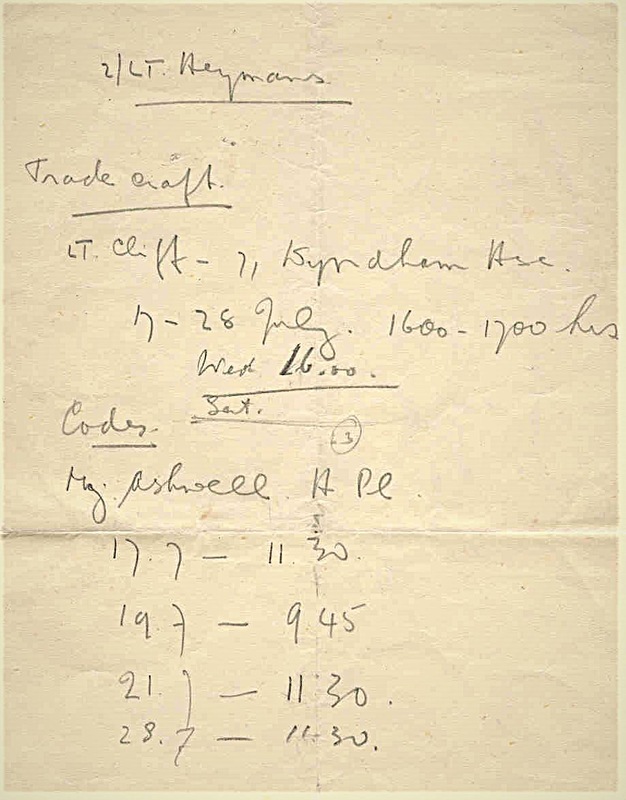
– Kairos’ codename at the time
This is an original note telling Secret Agent ” Lieutenant Heymans” to meet for “Tradecraft” training. WWII Tradecraft focused on how to gather intelligence, how to code and read messages, and how to hide and read the maps that were printed on silk so that they did not make any noise. To a lesser extent, tradecraft agents were also instructed in ” field craft,” which consisted of parachute jumping, camouflage, sabotage, and reconnaissance. Besides the H2H combat and “silent killing,” they were also taught ” shadowing” and “shaking off.”
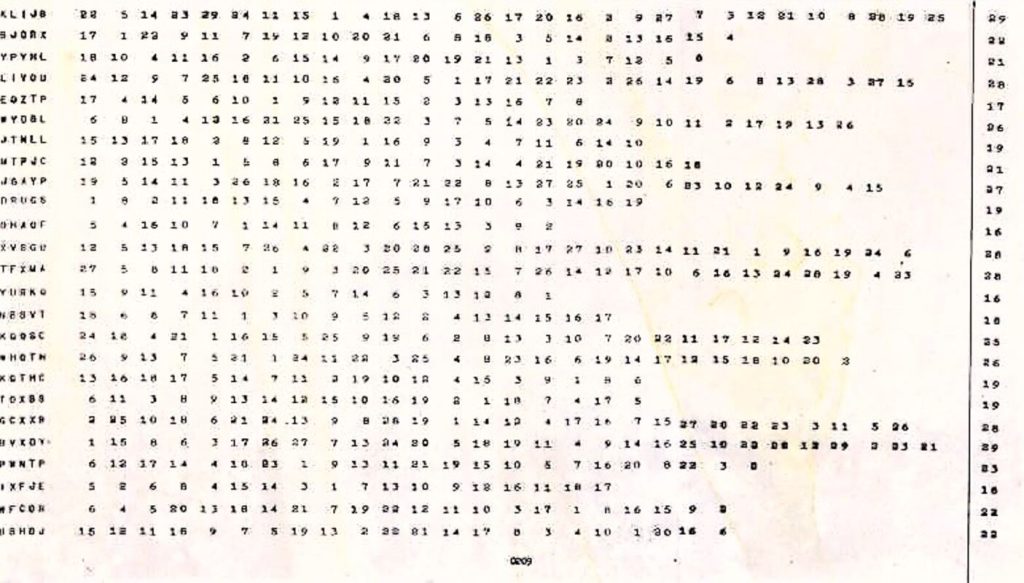
If I remember correctly, this is a “One-Time Pad” or the kind of key that needs to be shared between the Handler and Secret Agent beforehand. Kairos, who was a brilliant man both good at the humanities and STEM, thought learning how to use it was not easy.
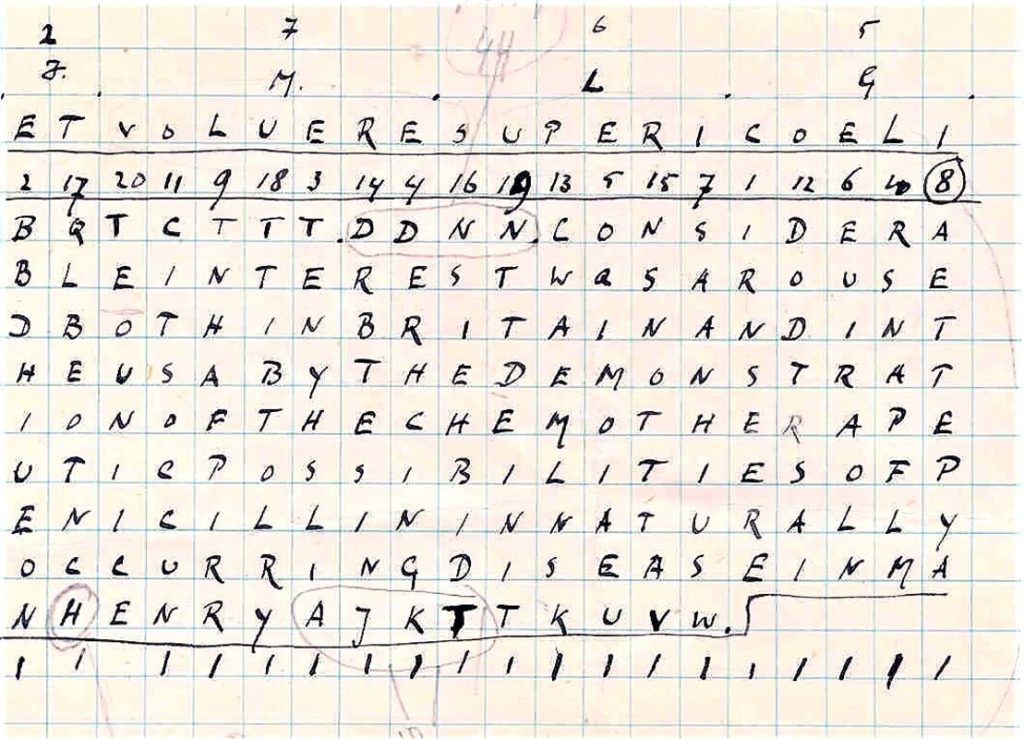
Here Kairos was trying to decipher a coded message. They practiced for hour upon hour until they were confident that they could use the system well.
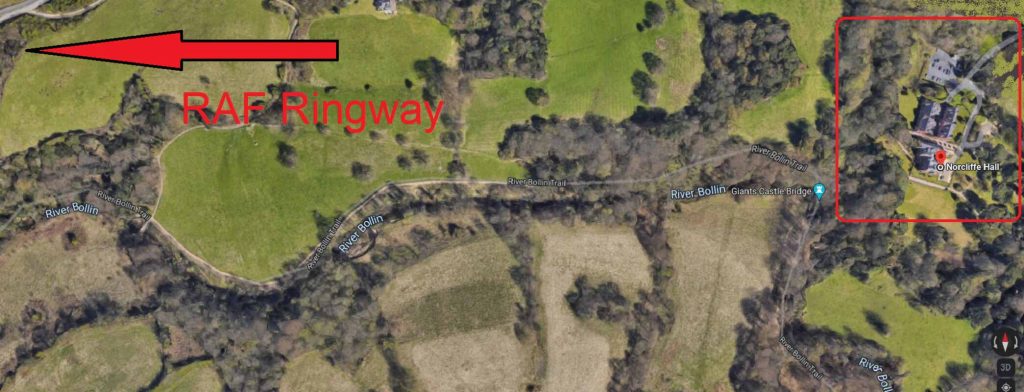
Google adapted by Jorinde
During WWII, this was the main Parachute Training School in the U.K. which trained about 60,000 Allied paratroopers. The short, but rigorous training was to prevent that they did not end up like a “Roman Candle” when the parachute did not deploy…
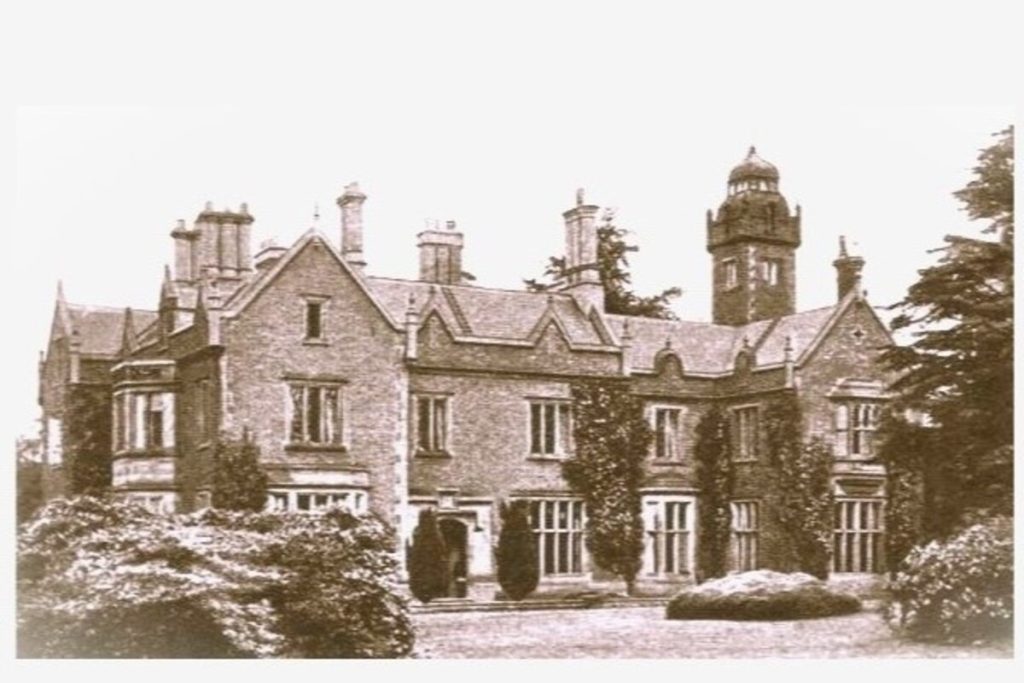
Unknown photographers
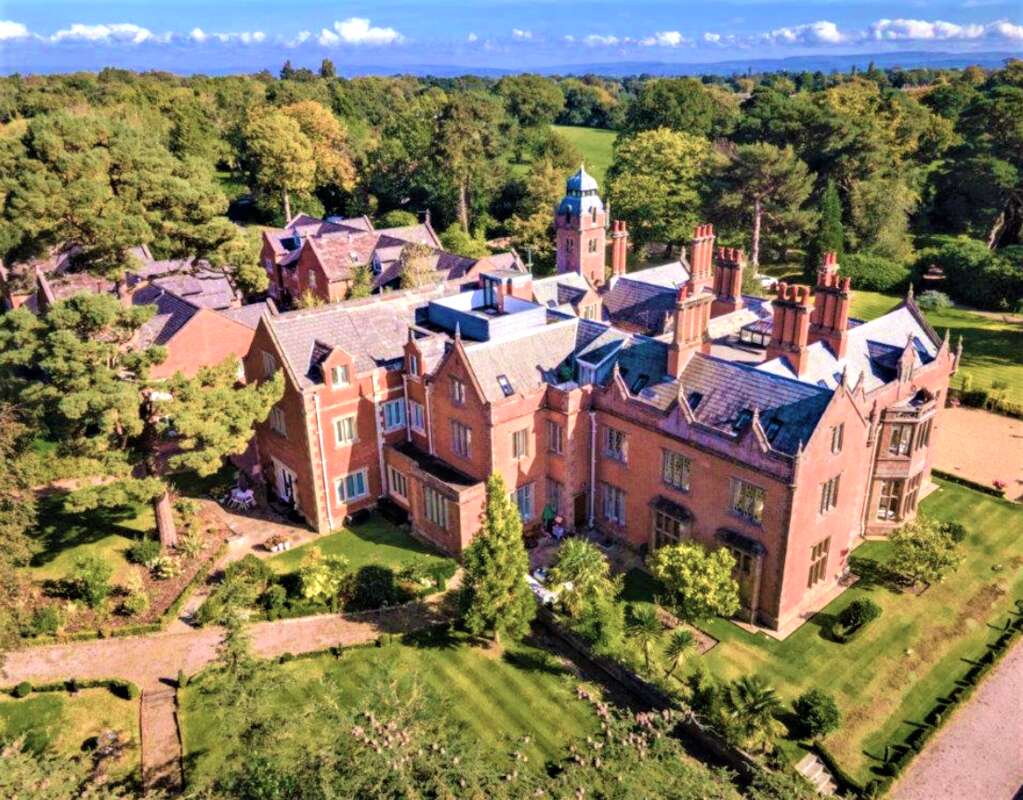
The British SOE and Dutch BBO paratrooper trainees stayed in an Edwardian house called Norcliffe Hall on the outskirts of the airfield. While the food and mood were good, the men were not allowed to talk about their missions or much else, so they tended to focus merely on training, eating, and sleeping.
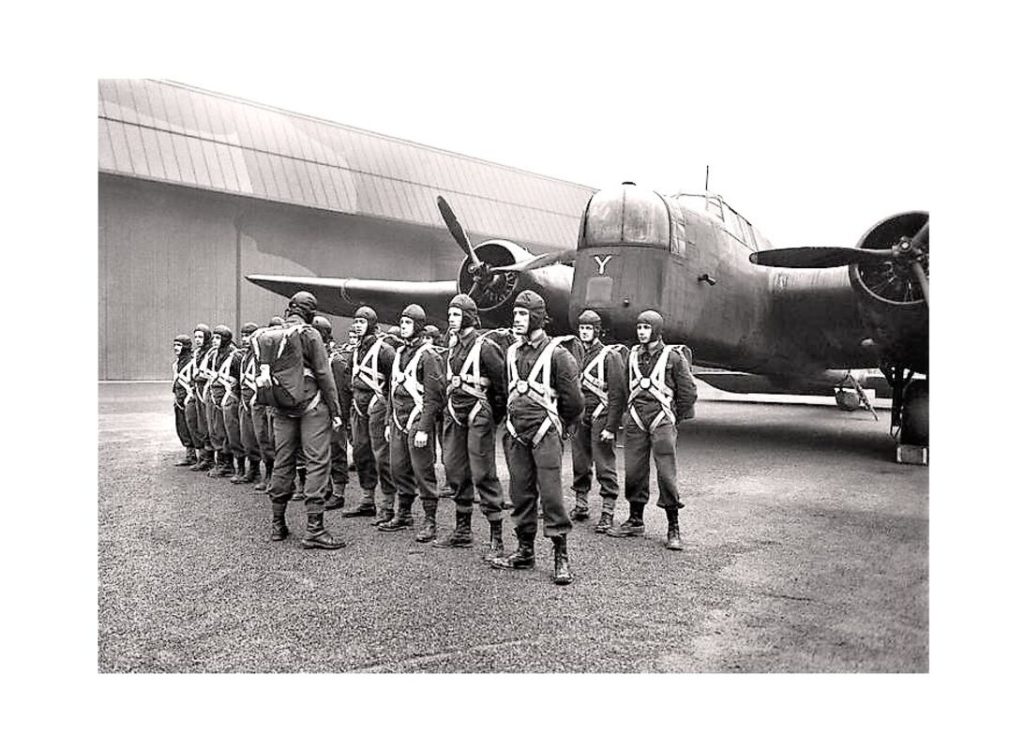
Unknown photographer
Kairos thought that learning how to be a paratrooper was great fun, especially when all they had to do was jump off a high platform into bales of straw. It reminded him of his grandparents’ farm. Of course, later when the wind and gravity almost sucked him through the hole in the plane and the instructor kept shouting “GO-GO-GO,” the stakes were higher…
British paratroopers were generally trained the same way: https://www.youtube.com/watch?v=oHri4bhYr_U

Unknown photographer
The ladies of the Women’s Auxiliary Air Force or “WAAF” wore light blue uniforms much like those of pilots only with skirts. They were the second largest women’s auxiliary with some 180,000 members all over the U.K. doing things like parachute rigging, maintaining and transporting aircraft domestically, compiling weather reports, and even working in intelligence. WAAFs were not allowed to fly combat, and it was not until late in the war, that they were allowed to fly “ambulance services” to France for example. They were only paid two-thirds of their male RAF counterparts, yet the men depended on the women to fold their parachutes the right way or else… For more info, see: https://www.youtube.com/watch?v=Ec1bDSmTnHs
similar galleries
discover
JOIN MY NEWSLETTER
To receive announcements about new blogs, images, essays, lectures, and novels, please sign up.
